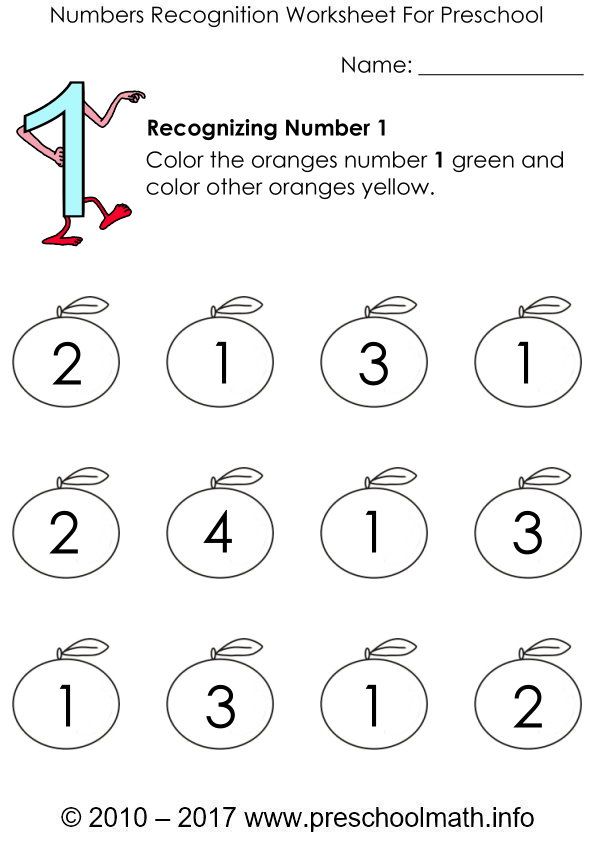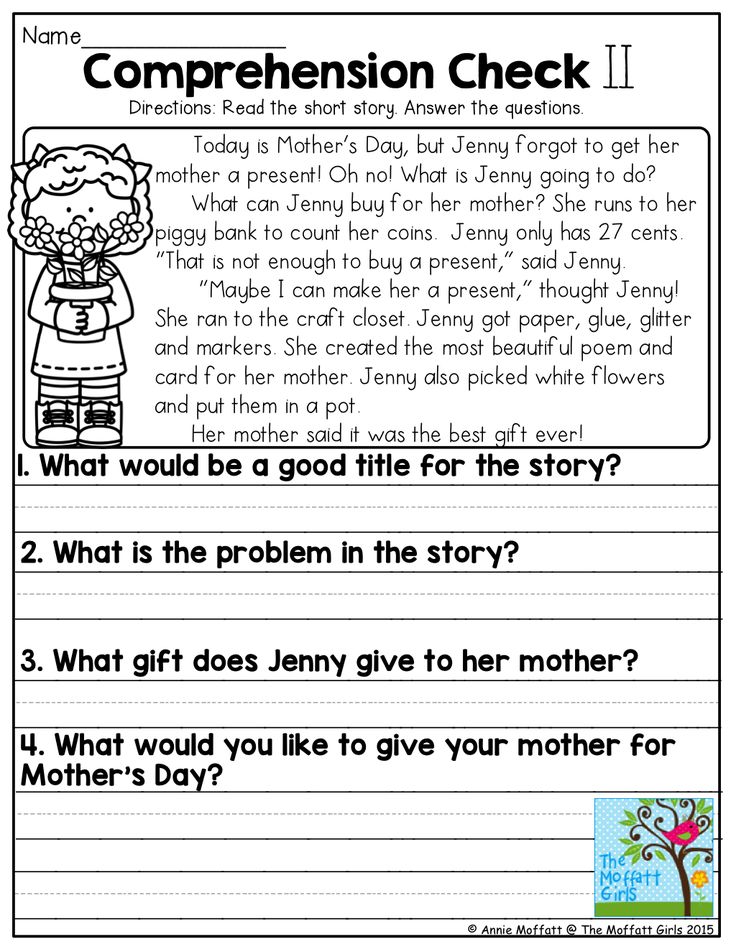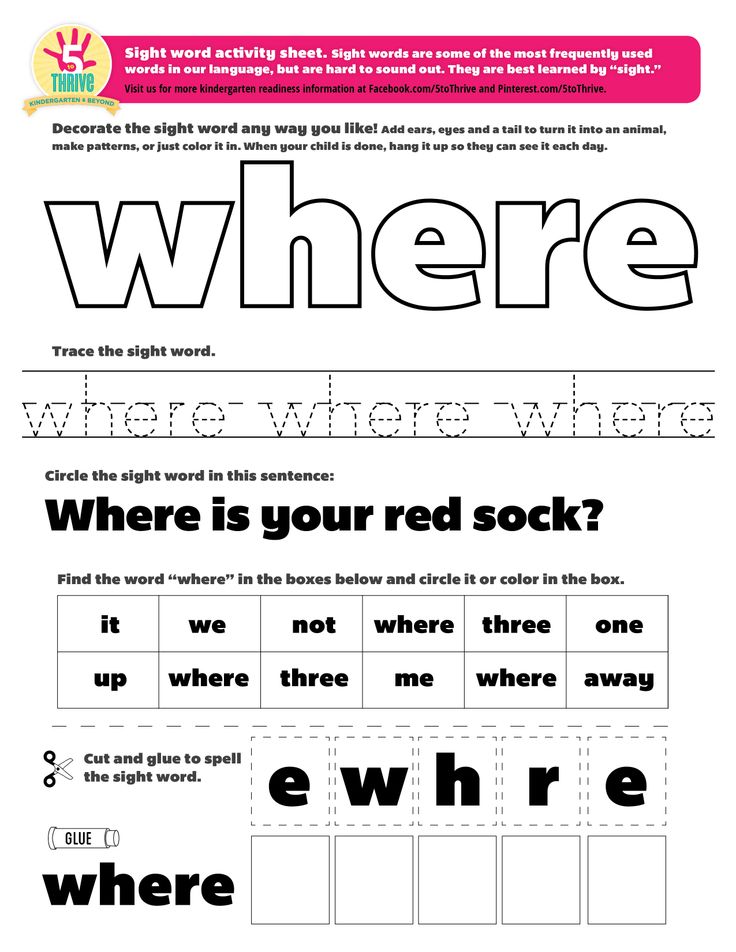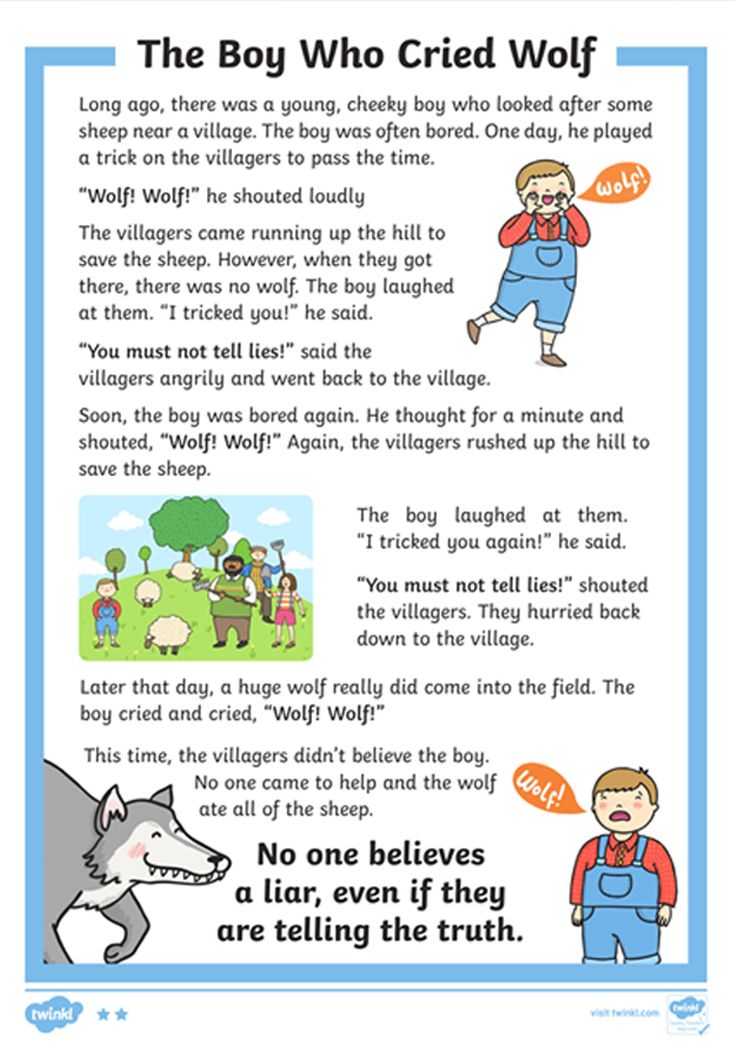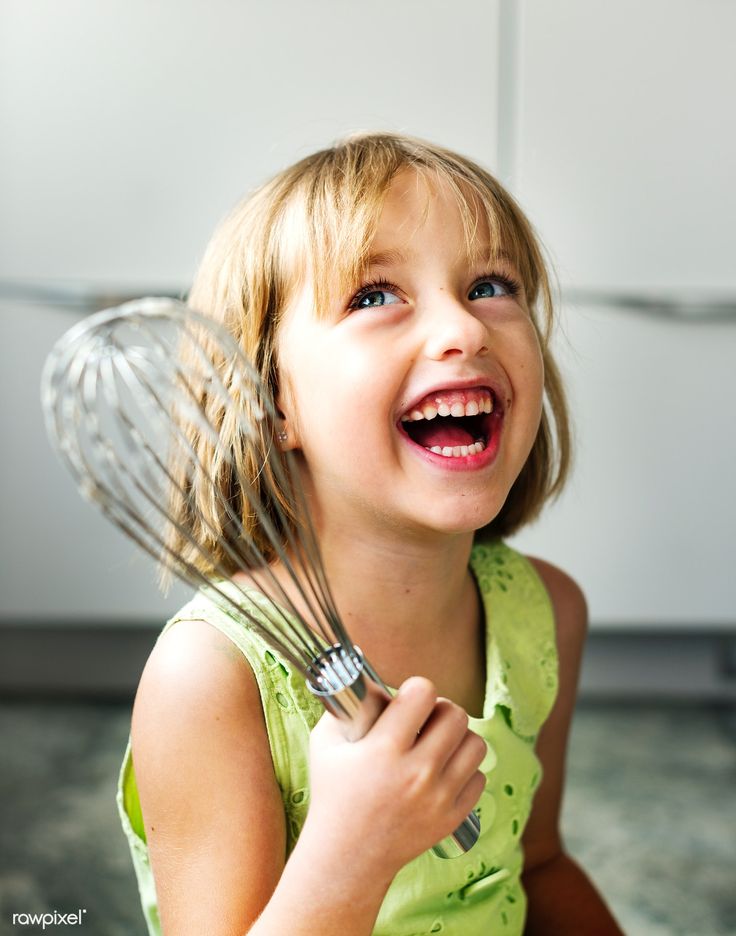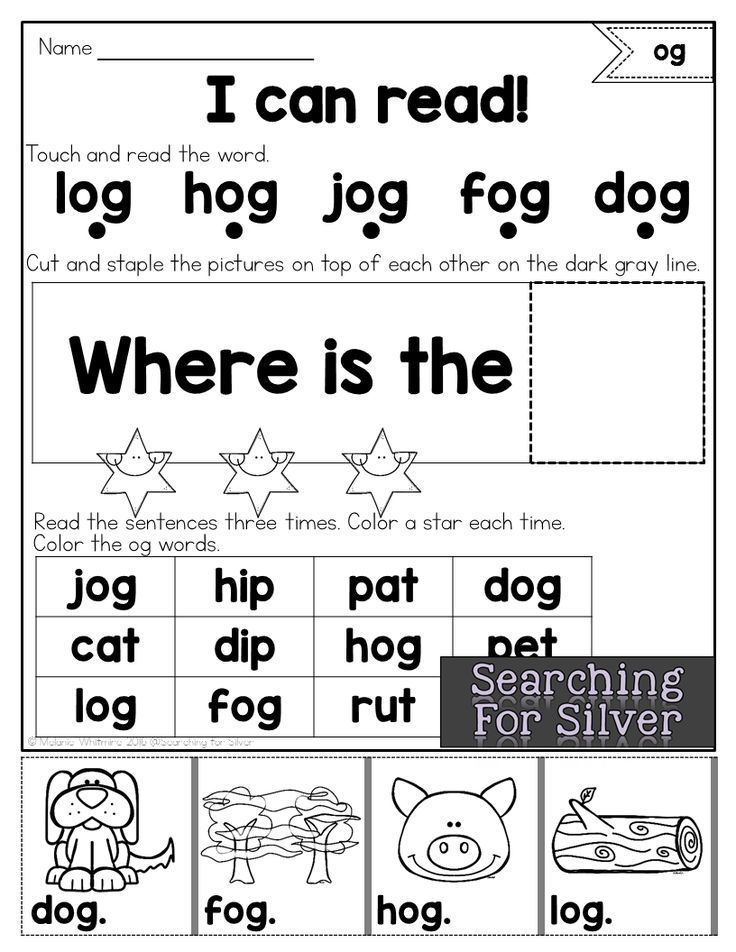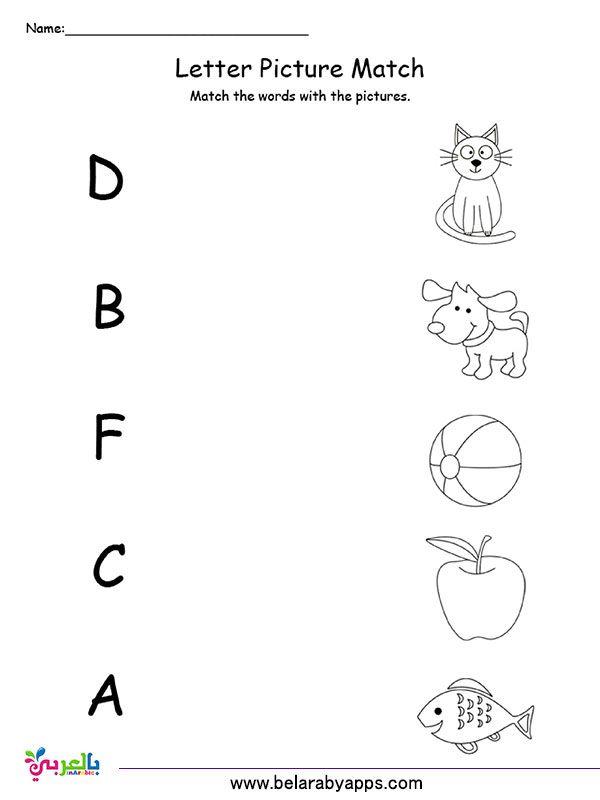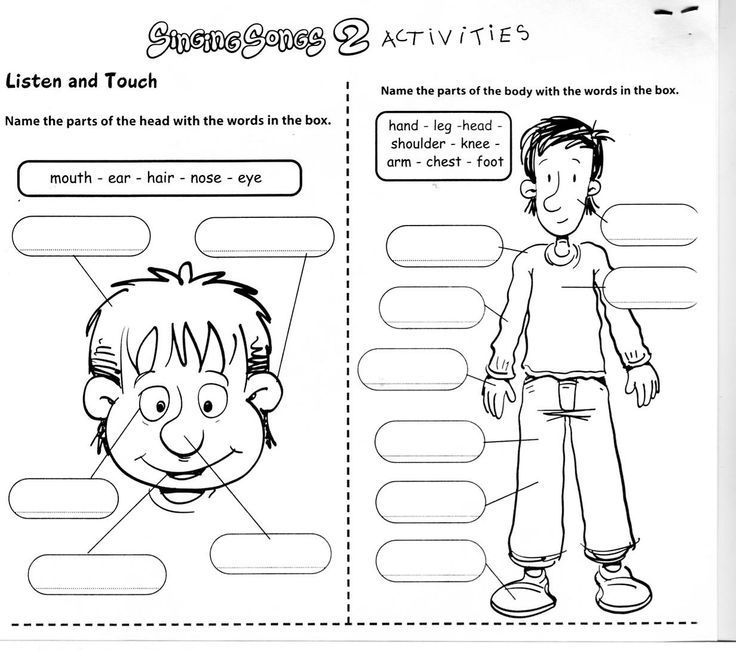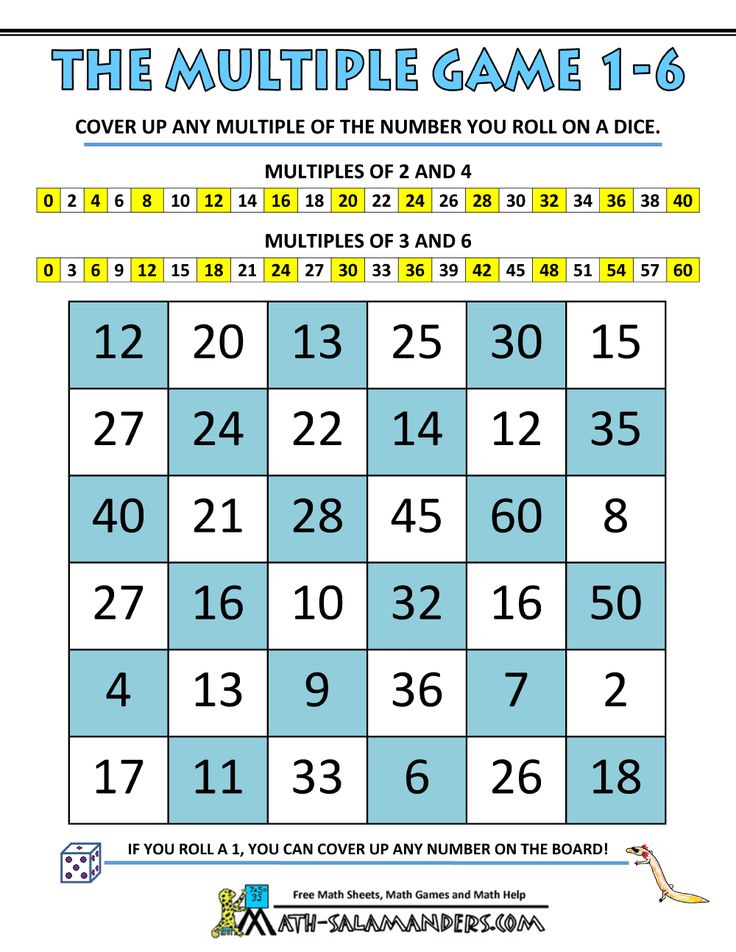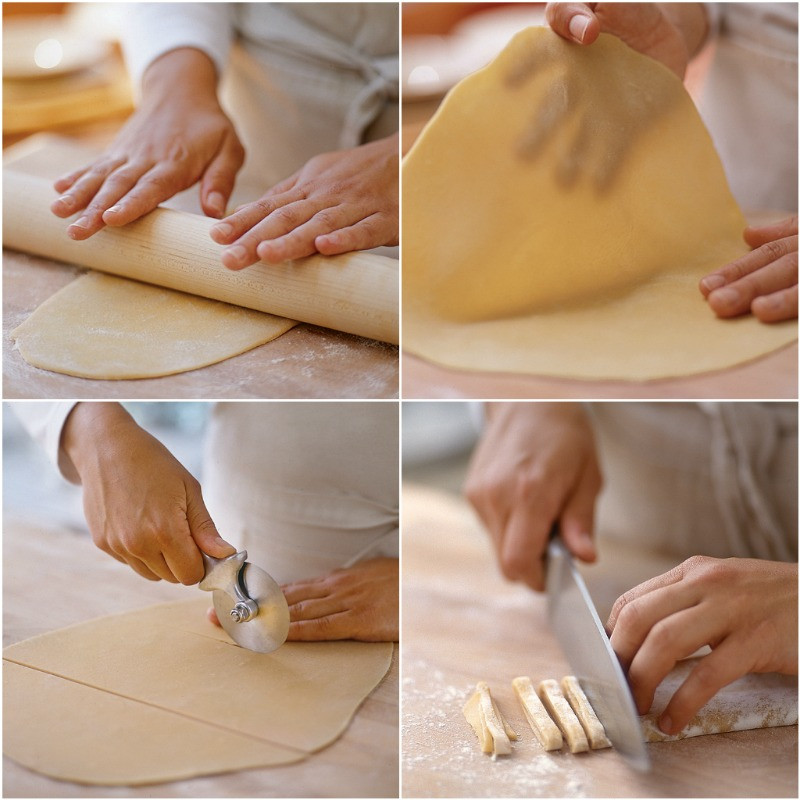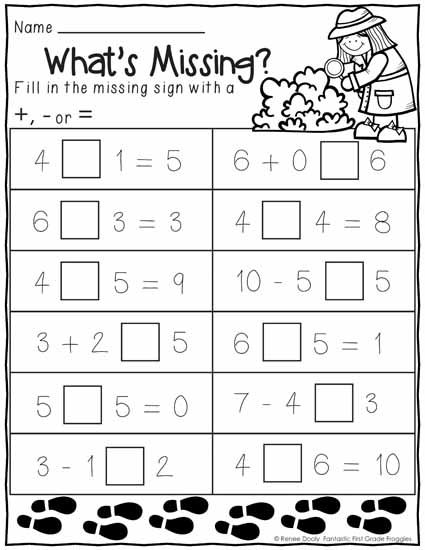Number recognition activities for toddlers
15 Number Recognition and Counting Activities for Preschoolers
As a parent or a pre-school teacher, one of the most important skills that you would want to impart to preschool kids is to make them understand numbers and how to count. Learning numbers for toddlers can be a fun activity using games rather than something that is taught by means of rote learning.
Here are some fun and engaging number games for preschoolers that can be easily played and does a great work at making kids grasp numbers.
1. Connect the Dots
Connect the dots is one of the most fun and fastest ways of helping toddlers understand how numbers are sequenced. Connect the dots is an interesting puzzle where kids can connect dots which are numbered in ascending fashion (dot numbered 1 to 2, 2 to 3, and so on). Once completed, the dots create a picture which kids can colour later.
What you need:
You can get connect the dots puzzles in daily newspapers. There is also an option of downloading existing templates from the internet and getting them printed or you can make your own puzzle using some pen and paper.
How to do:
Mark the dots with the numbers marked over them sequentially, which forms an outline of a simple shape or a closed figure when completed. Ask the kid to connect the dots using a pencil starting sequentially from the dot numbered 1 and moving ahead to bigger numbers to complete the figure using lines to join the dots between two numbers.
2. Painting Using Numbers
In this fun and informative game, preschoolers are made to colour according to colour schemes that are coded with fixed numbers. Children are supposed to colour the picture according to the colouring code that they receive with the sketch. This game not only teaches the child to understand numbers but also to associate them with a specific colour.
What you need:
You can easily get online templates for colouring which can be directly printed out to use for this activity. You can also create your own sketches by creating a colour code using a sheet of paper, a black sketch pen, or a marker, and a box of colouring pens, pencils or crayons.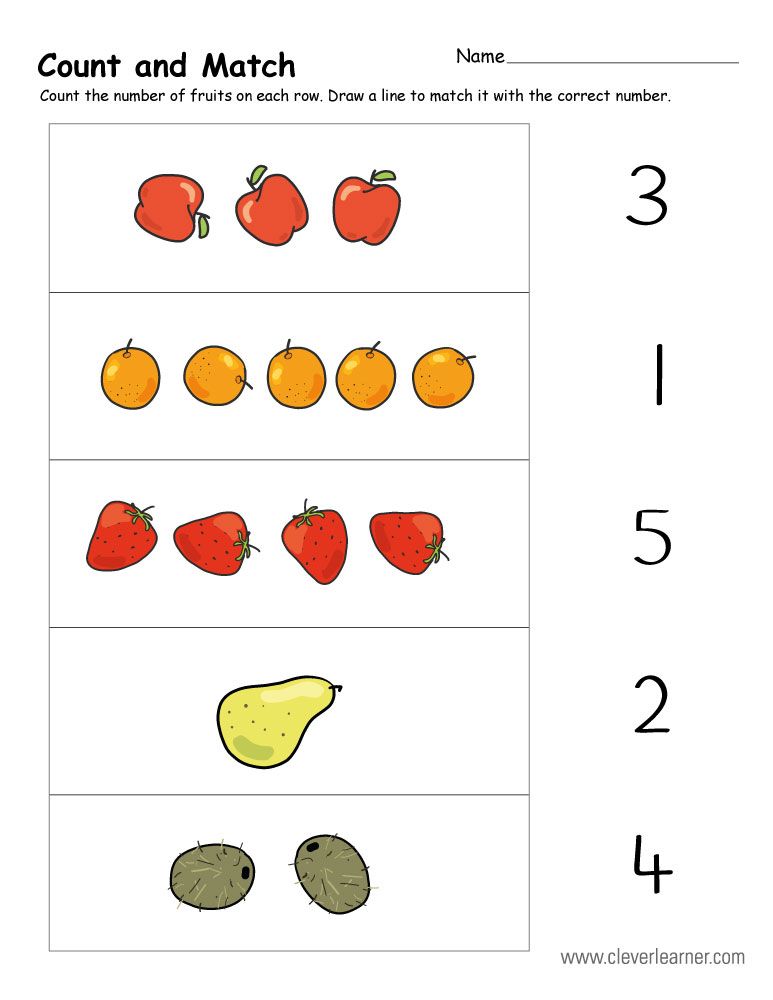
How to do:
Make your own sketch with colouring scheme made on top as to what number should be coloured with which colour. Add numbers accordingly to the sketch that you made. Ask the kid to paint the sketch according to the colours corresponding to the numbers in the figure. This activity not only helps the child with understanding numerals but also in relating to corresponding colours.
3. Abacus
An abacus is an educational toy that has been in use for thousands of years and was a predecessor to out modern-day calculator for counting things. It consists of movable beads on wires fixed to a stationary wooden or bamboo frame. An abacus can be used for learning higher arithmetic operations and it also strengthens the child’s counting skills.
What you need:
An abacus can be bought online or picked up at any educational or recreational toy store.
How to use it:
Ask the child to count the number of things in the house, like windows or chairs by recording it on the abacus. The child can do this by moving the number of beads on the abacus corresponding to the number of things being counted in the exercise. This strengthens a child’s number recognition ability and improves his counting skills.
The child can do this by moving the number of beads on the abacus corresponding to the number of things being counted in the exercise. This strengthens a child’s number recognition ability and improves his counting skills.
4. Number Treasure Hunt
Children love treasure hunts! This is one of those number games for children that satiates their inquisitive and adventurous spirit and helps them learn as well. Creating a treasure hunt with numbers, where the kids have to collect numbers by exploring different places ensures that the children recognize numbers and do it in an engaging and enjoyable way.
What you need:
You will need sheets of paper that can be cut into small cards, a pair of scissors, a double-sided tape, a pen or pencil, a marker and a place to carry out the treasure hunt.
How to do:
You can cut the sheets of paper into smaller cards, on which numbers need to be written down and stuck in different places at the location where the activity is being carried out. Ask the child to explore the place and find as many numbers as possible in the time allotted.
Ask the child to explore the place and find as many numbers as possible in the time allotted.
5.Tracing Numbers Using Terracotta
This activity focuses on using the clay to trace numbers on paper. This is educational as well as recreational for the children. They learn how to write numbers, apart from reading and recognizing numbers in a fun and easy way.
What you need:
A standard packet of play dough or clay, sheets of paper, and a pencil or pen.
How to do:
Trace the outline of the numbers on the sheets of paper. Now hand out the sheets of paper to the children along with instructions to fill the outlines with clay and recite the number that was traced along with the activity.
6. Counting Cars of Different Colours
A road-trip is incomplete without car games, be it I-spy or just singing songs. Make your road-trip with children fun and informative with counting game. The objective of the game is to count the number of cars of a specific colour that you pass by.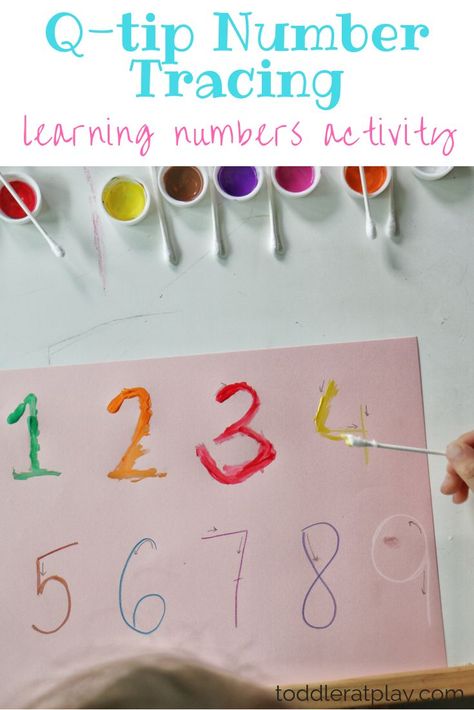
What you need:
All you need is time and will to play the game during the journey.
How to do:
You can do this activity by choosing an uncommon colour for cars, like green or sky blue, or red. Then you can tell the child to keep his eyes out on the road for counting the number of cars of the same colour you pass by. This activity will boost colour as well as number recognition in your child and prepare him well for preschool.
7. Maze of Numbers
Create a puzzle in the form of a maze of numbers. It will help children in understanding the sequence of progression of numbers effectively. While doing this activity, children can start from the point numbered as 1 and keep following the numbers in sequence to complete the maze.
What you need:
A place to create the maze, some sheets of paper and a marker.
How to do:
Mark the different checkpoints in the maze with numbers starting from 1.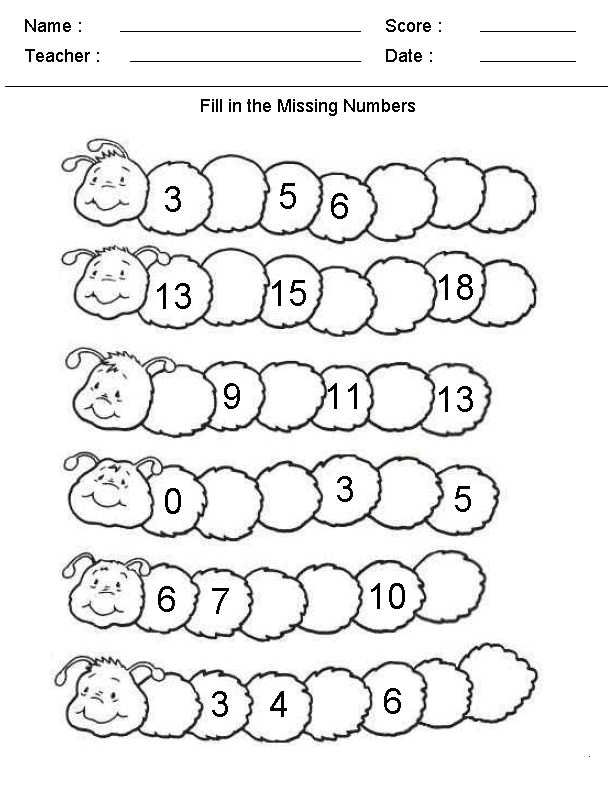 Ask the kid to start at point number 1 and move ahead in sequence to reach the end of the maze by sticking to the sequence. This helps the child understand the sequence of numbers and effectively comprehend and apply it in a real-life situation.
Ask the kid to start at point number 1 and move ahead in sequence to reach the end of the maze by sticking to the sequence. This helps the child understand the sequence of numbers and effectively comprehend and apply it in a real-life situation.
8. Counting Using Styrofoam Cups
This activity can be carried out using multiple styrofoam cups wherein the kids can be asked to count and sort different varieties of products. This activity can improve a child’s counting as well as shape recognition and sorting skills.
What you need:
4 to 5 Styrofoam cups and different items like toffees, erasers, blocks and marbles in different quantities. You would also need a pen or a sketch pen to mark the cups as well.
How to do:
Mark the cups starting from 1 to 5. Arrange items in quantity as per to the numbers on the cups, for example, 1 toffee, 2 blocks, 3 erasers, 4 marbles and so on. Give the mixture to the child and ask them to sort the different items first.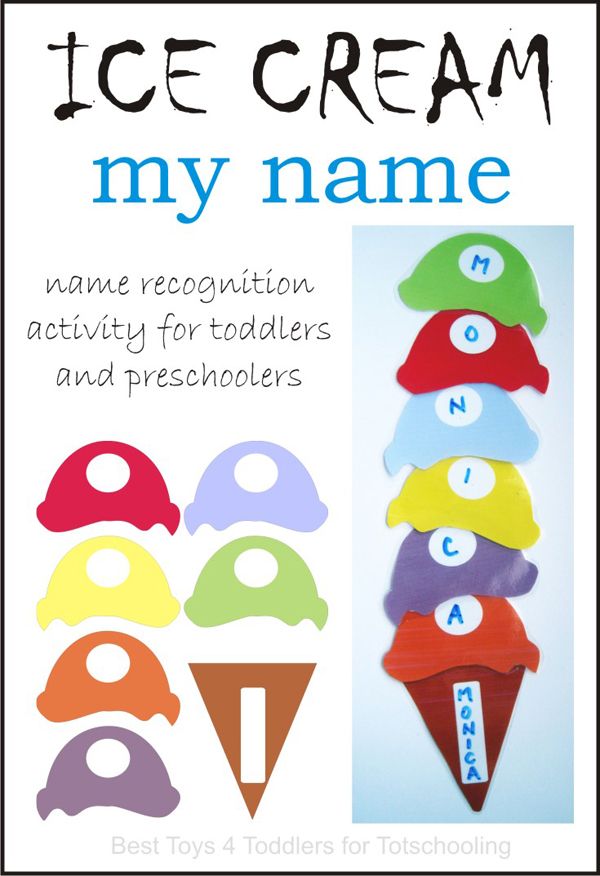 Then ask them to count the different items separately and drop them in the styrofoam cups with the numbers as per the quantity of the respective item. This is one of the most powerful counting activities for preschoolers as it teaches them to count and recognize the number corresponding to the counted quantity, apart from also teaching them effective sorting skills.
Then ask them to count the different items separately and drop them in the styrofoam cups with the numbers as per the quantity of the respective item. This is one of the most powerful counting activities for preschoolers as it teaches them to count and recognize the number corresponding to the counted quantity, apart from also teaching them effective sorting skills.
9. Counting Dice
Dice are very simple toys used in board games for children. A die has six faces, each with a different number of dots from 1 to 6. Dice can be used as powerful educational tools to teach kids how to count and recognize numbers effectively.
What you need:
You can carry out this activity with children using just a pair of dice.
How to do:
Roll a pair of dice on a table with kids and ask them to count the number of dots on both the dice separately and cumulatively to make the child adept at counting and adding numbers.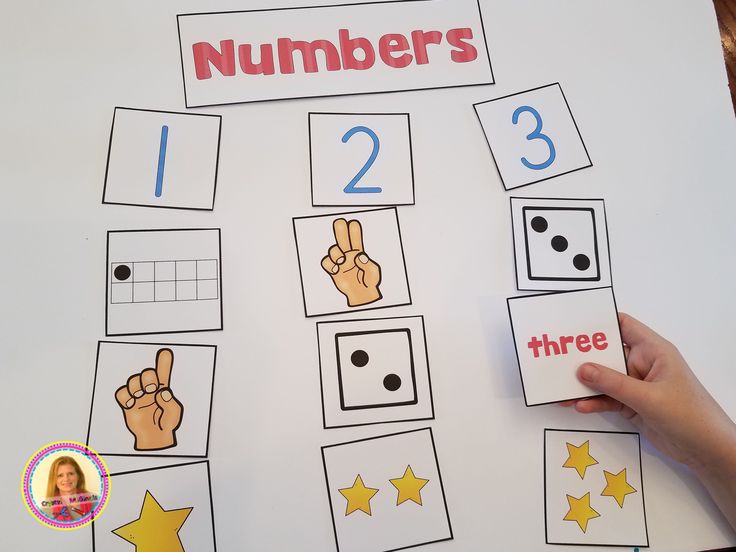
10. Matching Playing Cards
This is a fun exercise where you can ask kids to match the face value of one card with the face value of another card. This can help the child in relating and equating same numbers by counting as well as by understanding the way of writing the numerals.
What you need:
You can carry out this activity with a standard deck of playing cards.
How to do:
Ask the child to pick a card from the deck (make sure that it is a number card and not a face card). Next, you can ask her or him to find the cards equal in face value to the card selected by the child. You can repeat the same with other numerals.
11. Counting Flower Petals
This activity makes the kids go out into nature and enjoy its beauty in addition to teaching them how to count effectively in a fun manner.
What you need:
A flower with many petals.
How to do:
Take the children to a nice blossoming garden with multiple blooming flower beds.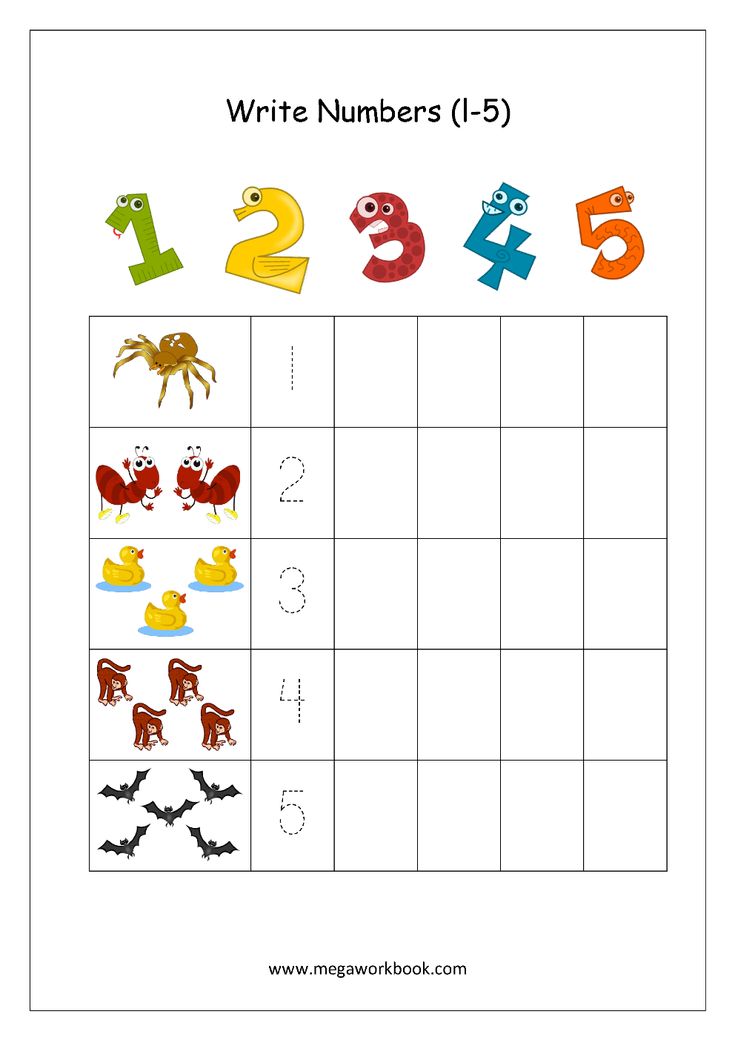 Ask them to collect a specific number of flowers. Once they collect the number of flowers allotted to them, ask them to count the total number of petals on the flowers they have collected.
Ask them to collect a specific number of flowers. Once they collect the number of flowers allotted to them, ask them to count the total number of petals on the flowers they have collected.
12. Making Number Tower using Numeral Blocks
This exercise involves forming a tower of numerals using blocks with numbers on them in ascending order.
What you need:
You need a toy with blocks having numerals printed on them from 1 to 9.
How to do:
This exercise involves guiding the kids to build a tower made of blocks with numerals printed on each one of them. This helps the children to understand number sequencing and recognizing numerals through a classic method.
13. Chores List using Dominoes
This can be an interesting activity in kindergarten, wherein the children are asked to pick up a domino and asked to count the number of dots on it and list down chores equal to the number of dots selected for the day.
What you need:
A set of dominoes, a sheet of paper, and a pencil.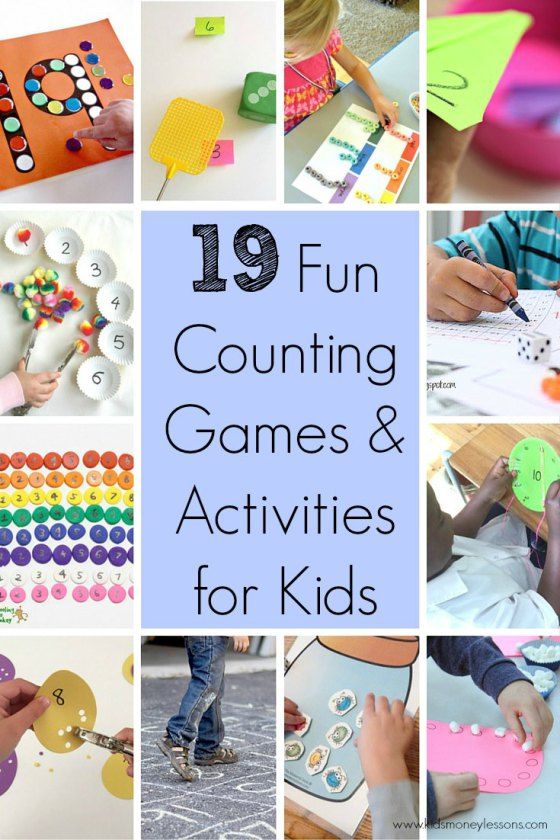
How to do:
Get a set of dominoes and ask the children to pick a domino. Next, ask them to count the number of dots on the selected domino. Once they successfully count the number of dots, ask them to list down the chores for the day on the sheet of paper, equal to the number of dots counted on the domino and complete them throughout the day. This activity imbibes basic planning skills in addition to counting skills in a preschooler’s mind.
14. Hopscotch
Hopscotch is a fun game which has squares which are numbered in ascending order and the kids playing it hop one-legged to the square on which they are supposed to land. This can be a fun way to make the kids understand numbers as well as promote outdoor activity.
What you need:
This exercise would require a space to make the hopscotch tiles and a chalk to mark the squares.
How to play:
Make the hopscotch tiles according to the usual standards with numbers marked in the ascending order on them.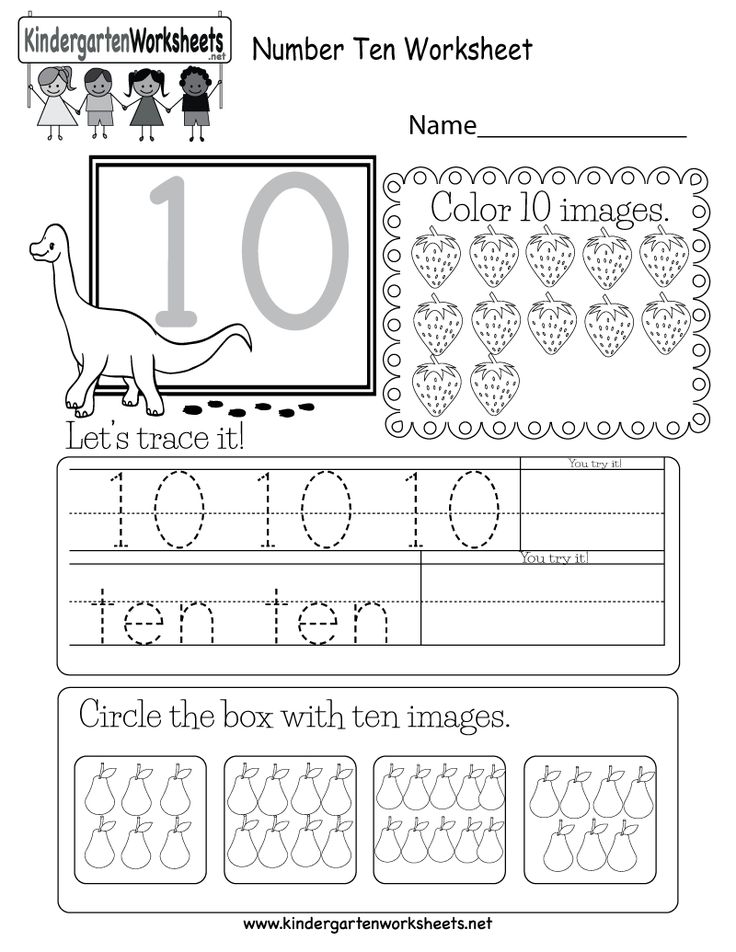 Call out a number and ask the kids to jump to reach the square with the number called out to them. In this way, the children learn to recognize numerals along with getting an enjoyable playing session.
Call out a number and ask the kids to jump to reach the square with the number called out to them. In this way, the children learn to recognize numerals along with getting an enjoyable playing session.
15. Bowling with Numbered Plastic Bottles
This is an interesting and extremely fun activity with plastic bottles which are numbered from 1 to 10 arranged in the form of bowling pins. Kids can bowl the pins over with a softball and count the pins accordingly.
What you need:
10 empty plastic bottles, a softball, a permanent marker, a whiteboard marker, and a whiteboard.
How to do:
Mark the empty plastic bottles with numbers from 1 to 10 using the permanent marker. Arrange them in a formation similar to bowling pins. Ask the child to bowl with the softball on the marked plastic bottles. After bowling, ask the child to count and record the number of bottles that are up and the number of bottles that are down.
These were a few of the fun activities that can be carried out to creatively engage preschoolers and make them learn about numbers and reinforce number recognition in their impressionable minds.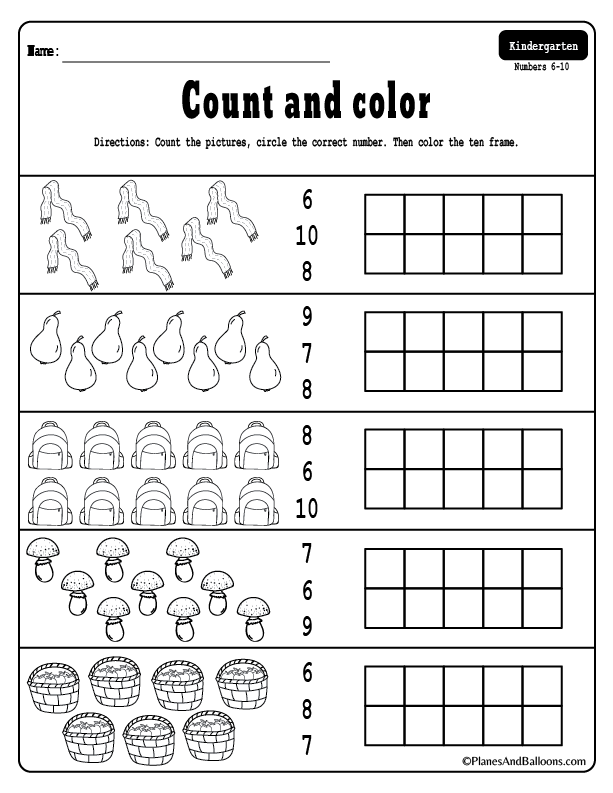
Also Read: 15 Fun Learning Activities for Kids
23 SIMPLE Number Recognition Activities
Let’s talk about some SIMPLE ways you can teach your children about the numbers.
I always appreciate it when things are easy to set up, teach, and implement to my kids! I am a working mom, so I try to plan fun and simple activities, so my kids can learn!
Number recognition and counting in numerical order are essential skills that all of our kids need to know! It’s one of the first skills preschool work on to get them ready for kindergarten!
So, let’s dive into my 23 SIMPLE Number Recognition Activities For Kids to help you learn how to teach numbers to your kids!
Activity #1: DIY Number Cards
Do you order from Amazon a lot?
I know I do! Don’t recycle those boxes just yet! You can use them for some activities.
How to do this activity:
1.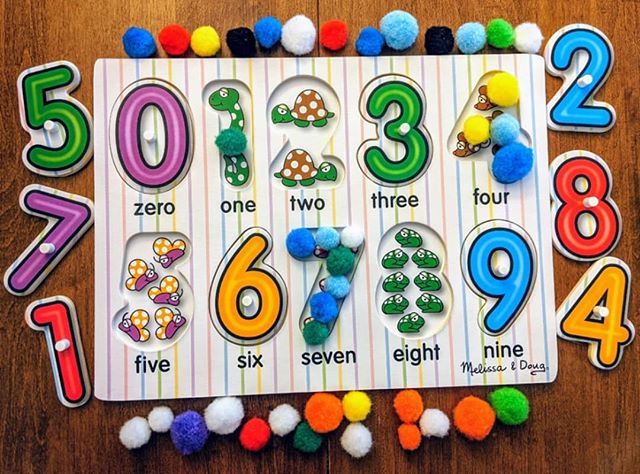 Materials you need- medium/large-sized cardboard box, sharpie, clothespins, and stickers/mini erasers.
Materials you need- medium/large-sized cardboard box, sharpie, clothespins, and stickers/mini erasers.
2. Cut the cardboard box into a square shape, big enough to write a few numbers on it, and place the stickers or mini-erasers.
3. On the bottom part of the square, write 3 different numbers in sharpie and give your child a clothespin!
4. Put a specific amount of stickers or mini erasers on the large part of the square and have your child place the clothespin the correct amount number of corresponding items.
5. Got an older child? Instead of writing numbers, write tally marks or dots, so they have to use higher-level thinking skills to answer the questions.
Activity #2: Swat the Number
Wait, your kids can actually hit something, and it’s okay?
Yes! They will be so excited. Swat the number is an activity where your kids can use fly swatters to smack the correct number.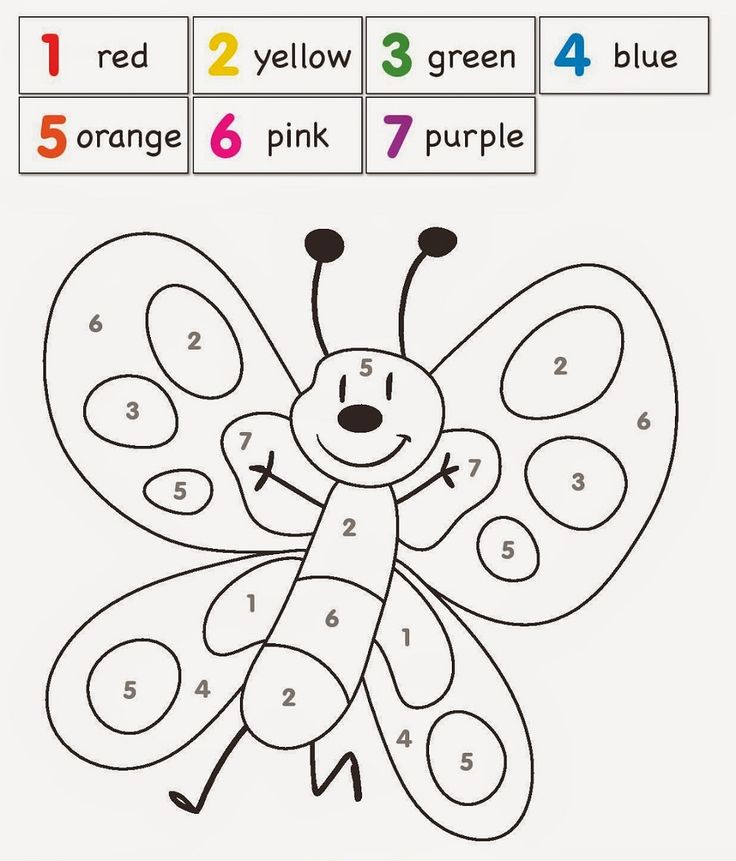
How to do this activity:
1. Materials you need- fly swatters and numbers 0-20.
View/ Check Amazon's Price
2. Set out the numbers on the floor and ask your kids to find a specific number and swat it with the fly swatter!
3. Another way to play is to have the kids swat a number and tell you what number they hit.
Simple as that!
Activity #3: Stamping Numbers
You can use letter stamps in several different ways. I have used them on paper, and I also have used it in Play-Doh.
How to do this activity:
1. Materials you need- art tray, Melissa and Doug alphabet+number stamps, Play-Doh and paper
View/Check Amazon's Price
2. Flatten out Play-Doh on a tray and stamp numbers on the Doh! You can put numbers in number order, practice teen numbers, and even practice some math facts since there are math symbols included in this pack.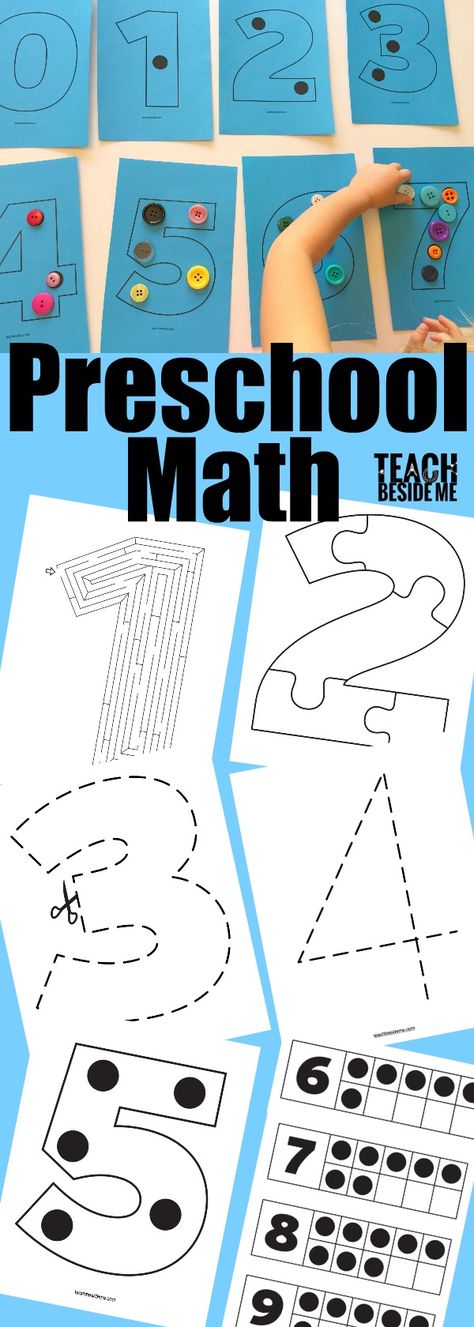
3. Another way to talk about number recognition is to stamp numbers on the play-doh and ask your child to find specific numbers!
Activity #4: 1:1 Correspondence
The best thing about 1:1 correspondence is that you can use any object that you have lying around the house to do activity!
I do like to have a specific theme, but you don’t have to do that.
All 1:1 correspondence means is that you have a number out for your child to see, and they have to match the amount of objects to the number.
How to do this activity:
1. Materials you need- an object that you want to use as the manipulative (eggs, cars, bows, pom-poms, etc.), a marker, stamper, or moveable numbers like magnetic numbers.
2. Place or write the number down on a sheet of paper or the floor, depending on what you are using!
3. Have your child count out for each number how many objects they need to place next to each number, as you see above.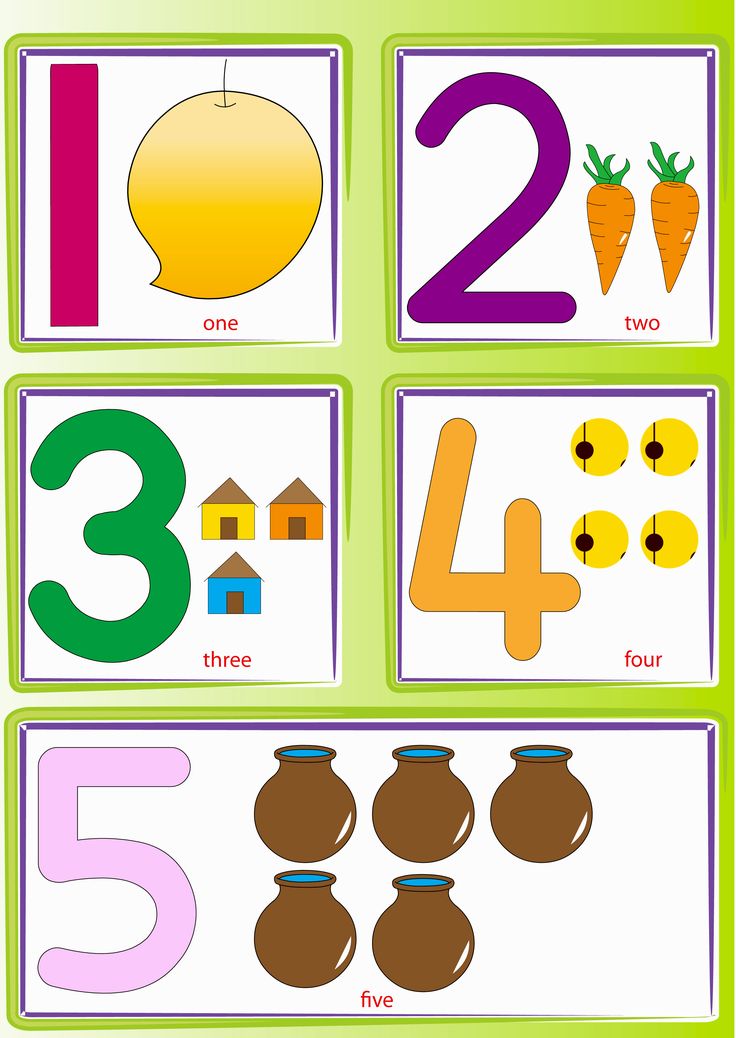
4. For younger kids, start with numbers 1-5. For older kids, you can do as many as you’d like!
Activity #5: Number Search
Bringing in some number play while doing a sensory activity? OH YA! Your kids will love it.
Many sensory bin fillers can be used for number searches, but this is the one that worked well for us!
In this bin, are colored chic peas! I made them green and red to go along with an apple tree theme from the book Chicka Chicka 1, 2, 3.
How to do this activity:
1. Materials you need- tray, 2 bags of chic peas, liquid watercolors, FREE APPLE NUMBERS WORKSHEET, and numbers.
View/Check Amazon's Price
2. In a ziplock bag, dump a bag of chickpeas and squirt a bunch of liquid watercolor into the bag.
3. Zip it up and shake, shake, shake! Make sure to cover as much of the chickpeas in the color as you can.
4. Repeat this step if you want to do another color in a separate bag.
5. Line a baking sheet with parchment paper and dump the colored peas out to dry. Let them dry for at least a half-hour before play. The liquid watercolors dry pretty quickly!
6. Once dry, dump them into a medium-sized container and hide numbers throughout the chic peas.
7. Download my Apple Numbers for the kids to match up numbers when they find them!
Don’t have the book? You don’t have to go out and buy it, have your little one listen to it online!
RELATED: THE BEST 22 SENSORY BIN IDEAS FOR KIDS
Activity #6: Geoboard Number Building
Does anyone remember using these boards when you were younger? I remember teachers busting these out every now and then for us to use!
You can create numbers, letters, make sight words with multiple boards, or just have fun and create whatever design you want!
Plus, this is a fine motor activity, so it works on increasing those little muscles to be able to do critical everyday tasks like zipping up their coats or buttoning their shirts.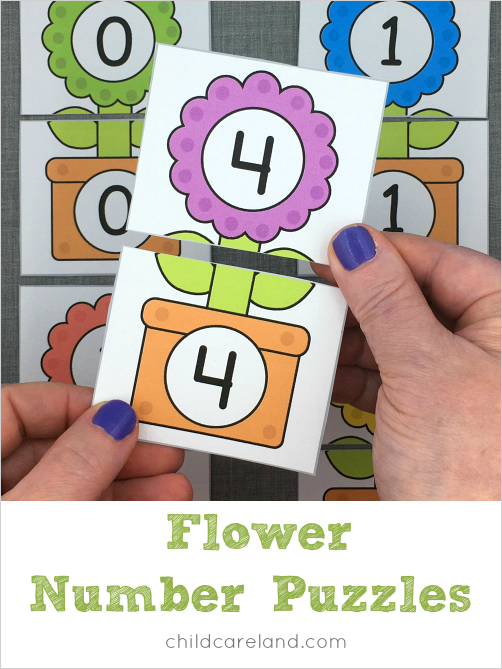
How to do this activity:
1. Materials you need- geoboards (they come with the rubber bands)
View/ Check Amazon's Price
2. Encourage your child to try to make specific numbers; some will be easier than others due to the curves. However, you can still create those numbers; they just will look more box-like.
3. If your child can’t do it on their own, you can create the number and work on number recognition skills by asking what number it is.
4. For older kids, you can even create addition and subtraction problems using these boards!
Activity #7: Number Line
Kids LOVE sticky notes. I know, right? Sometimes, it’s the simplest things.
While I was setting this activity up, my oldest was making letters to all of us on sticky notes and hiding them! I’m telling you, they love these things.
How to do this activity:
1.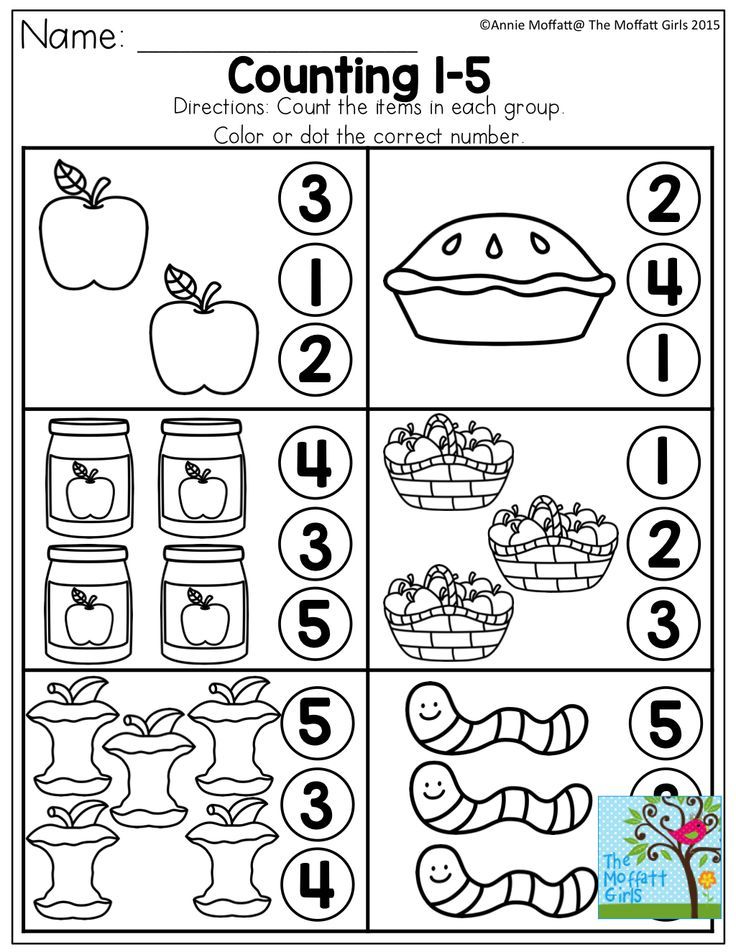 Materials you need- post-it and sharpie
Materials you need- post-it and sharpie
View/Check Amazon's Price
2. On the post-its, write as many numbers as you want to practice with your kids. My recommendation would be to first start by writing numbers 1-10. For older kids, you can write 1-20.
3. Place the post-it’s on the wall in a mixed-up order. Have your child place them in numerical order on a different wall, so they don’t get confused by all the different sticky notes!
4. For older children, make this more challenging by placing some numbers on the wall and ask them to find the missing numbers and fill them in!
Activity #8: Egg Carton Counting
It’s actually near Easter time while I’m writing this, but this activity can be done at any time!
My kids are obsessed with plastic eggs. They love putting things inside them, even when it’s not Easter time, especially if candy is involved.
How to do this activity:
1.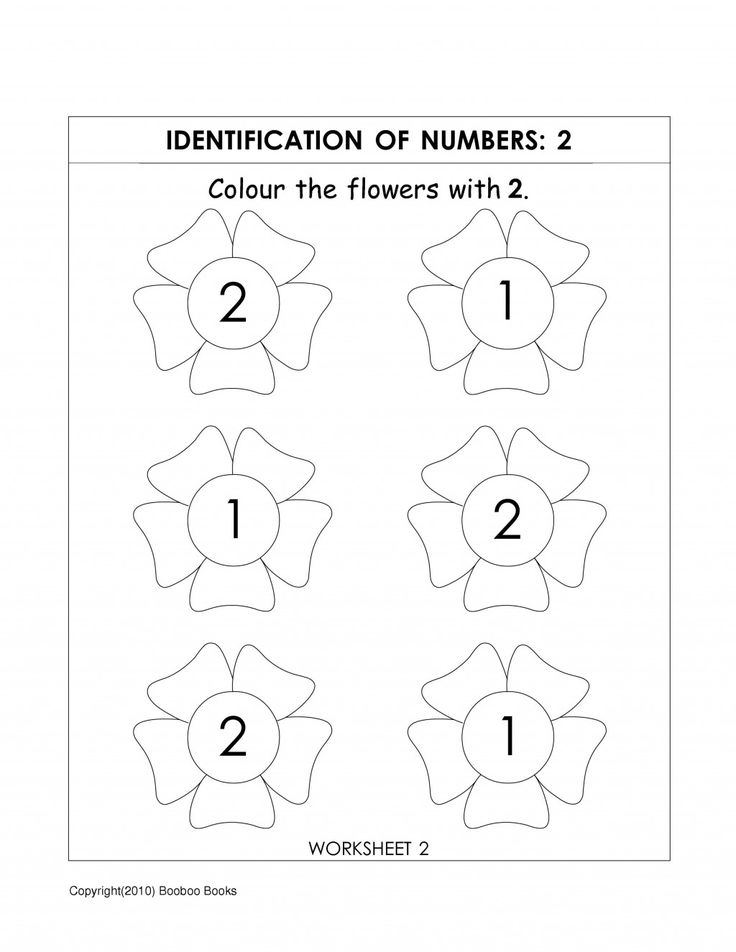 Materials you need- egg carton, plastic eggs and candy (jelly beans/M&M’s)
Materials you need- egg carton, plastic eggs and candy (jelly beans/M&M’s)
2. Write the numbers on the plastic egg with a sharpie- if you use a dry erase marker, it will come off when your child touches it!
3. You can write the numbers on the bottom of the carton as well so they can match it up or you don’t have to! Have your child match up the number egg to the place it should go in the egg carton in numerical order.
4. To extend this activity, you can have your child place the correct amount of candies to match the number in the egg! They will enjoy this part; sometimes we need to bring in a little something extra, don’t we?
Activity #9: Tactile Sticks
The possibilities are endless here! I love doing holiday-themed things, and my favorite one that I have done recently is my Halloween themed tactile sticks.
These sticks can be done with googly eyes, small pom poms, glitter glue dots, or even small hair ties!
View/ Check Amazons Price
How to do this activity:
1.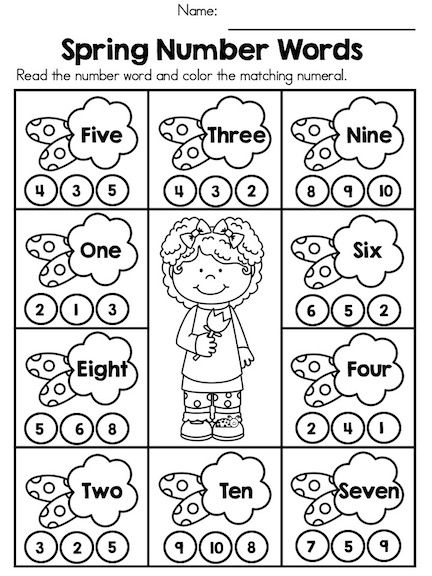 Materials you need- popsicle sticks, glue, and whatever object of your choice listed above!
Materials you need- popsicle sticks, glue, and whatever object of your choice listed above!
2. On each popsicle stick, write a number 1-10.
3. Have your little one say what number is on the stick, then count out how many pieces of supplies that they need to glue on each stick. This works on number recognition and numerical counting.
4. Remember, a little dot does a lot 🙂 So, a small amount of glue for each object is perfect!
Activity #10: Bath Number Puzzle
Bath crayons are the BEST!
It’s a way for the kids to draw on the walls of your house and not ruin anything! If I could insert an emoji here, the double high five’s would be right here!
For most kids, bath time is a lot of fun, but sometimes kids don’t like it. This could be a way to help excite your kids at bath time while learning.
How to do this activity:
1.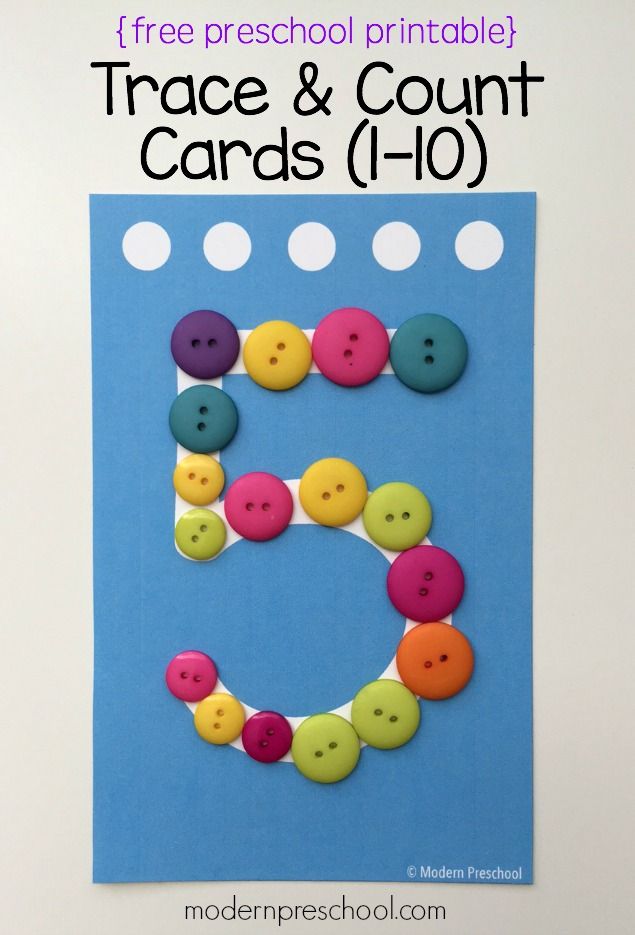 Materials you need- bath crayons and bath foam numbers
Materials you need- bath crayons and bath foam numbers
View/Check Amazons Price
2. With a bath crayon, trace the numbers you want to teach/ review on the bath wall.
3. Have your child say the number if they can before they match up the foam number or just attempt to match the correct number with the shape that’s on the wall!
4. With an older child, have them trace the numbers to get some handwriting practice! Or, you can even write a few numbers on the wall and have them find the missing numbers to challenge them.
Activity #11: LEGO Block Count
Your kids will be so excited to count when LEGO blocks are involved! The best thing about this activity is that it can be toddlers and for early elementary-aged students!
How to do this activity:
1. Materials you need- LEGO blocks and a dry erase marker
View/Check Amazons Price
2.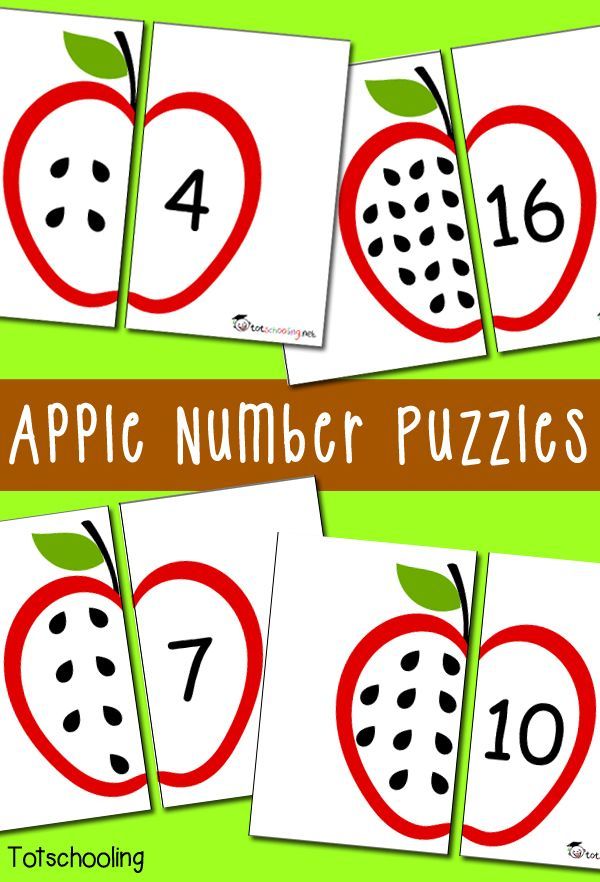 With toddlers, I would write numbers 1-10 on the blocks and have them stack them in order. For preschoolers, you can do 1-20.
With toddlers, I would write numbers 1-10 on the blocks and have them stack them in order. For preschoolers, you can do 1-20.
3. To challenge early elementary students, you can practice skip counting by 2’s, 5’s, or 10’s!
Activity #12: Pipe Cleaner Count
I started doing some fine motor activities with my son, he’s 2, and he just fell in LOVE with doing these sorts of activities.
I swear this kid is going to be some sort of engineer or something. Your kids will enjoy this learning challenge.
How to do this activity:
1. Materials you need- pipe cleaners, beads, paper, marker, and a flat surface like an art tray!
(Picture of tray)
2. On small pieces of paper, write how many numbers that you can fit on your flat surface that you want your child to practice.
3.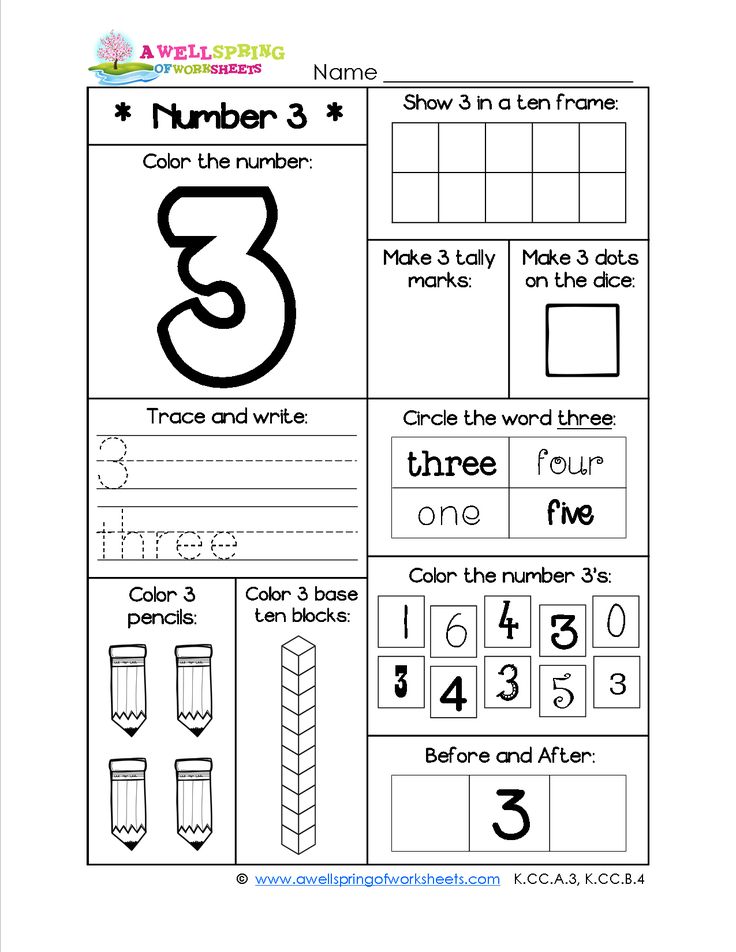 Tape down a pipe cleaner underneath each number and have a bowl of beads ready for your child. (Choking hazard: make sure your child is old enough to do this activity so that they won’t put the beads into their mouth).
Tape down a pipe cleaner underneath each number and have a bowl of beads ready for your child. (Choking hazard: make sure your child is old enough to do this activity so that they won’t put the beads into their mouth).
4. Have your child string the amount of beads associated with the number above the pipe cleaner. Little ones will need help counting out the correct number, but they can try to string the beads on their own!
5. Have the older kids try to do this on their own without assistance! You can even have them make a specific pattern with colors to make this a bit more challenging for them.
Activity #13: Do-A-Dot Number Painting
Do-A-Dots are one of our favorite supplies around here!
If you haven’t used them, you are missing out! It’s a way to paint with your kids that they won’t get messy.
GRAB YOU FREE Do-A-Dot Numbers 1-10 WORKSHEET HERE!
How to do this activity:
1.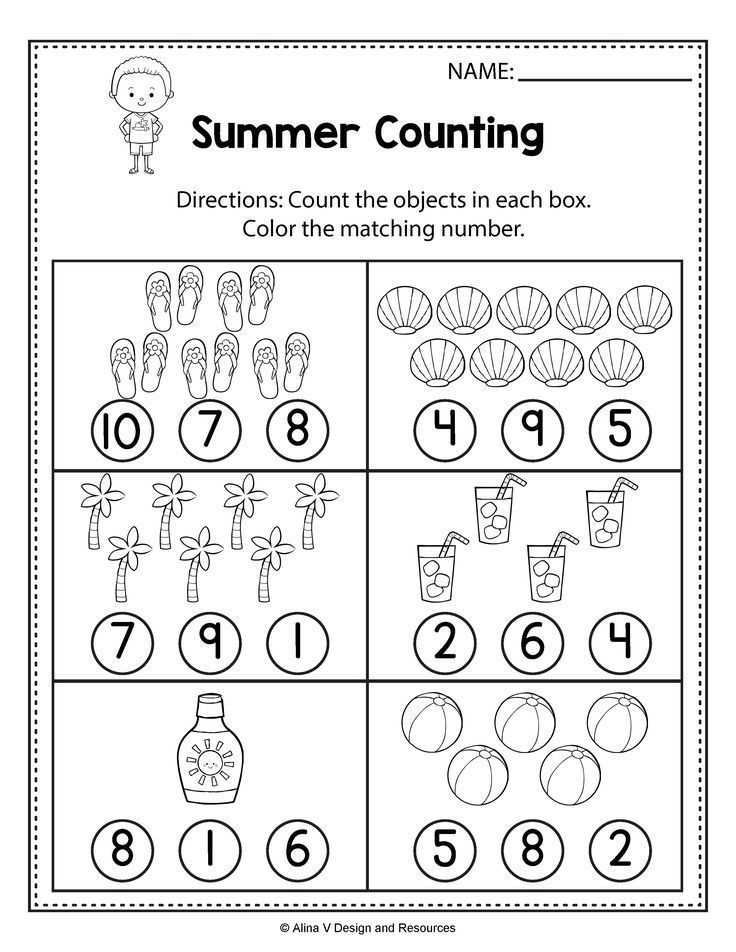 Materials you need- My Do-A-Dot Numbers 1-10 FREE Worksheet and Do-A-Dot painters
Materials you need- My Do-A-Dot Numbers 1-10 FREE Worksheet and Do-A-Dot painters
View/Check Amazons Price
2. Download and print my number printable and ask your child to name the specific number that you are focusing on. If they don’t know it, that’s okay! Tell them the number and have them try to use the painters to fill in the dot.
3. The numbers around the dot are there to help your child differentiate between numbers. They should focus on painting the number in the circles that go along with the big number on the page.
Activity #14: Pom Pom Number Matching
It’s always nice to have an activity that you know you can pull off using what you have at home!
It always makes things more complicated if you have to order something or run out to the store. I always tend to put those activities on the back burner, which sometimes means I even forget about them.
This is a fine motor activity that builds up small muscles in your children’s hands so they can do daily activities like write their name, tie their shoes, and zip their jackets!
How to do this activity:
1.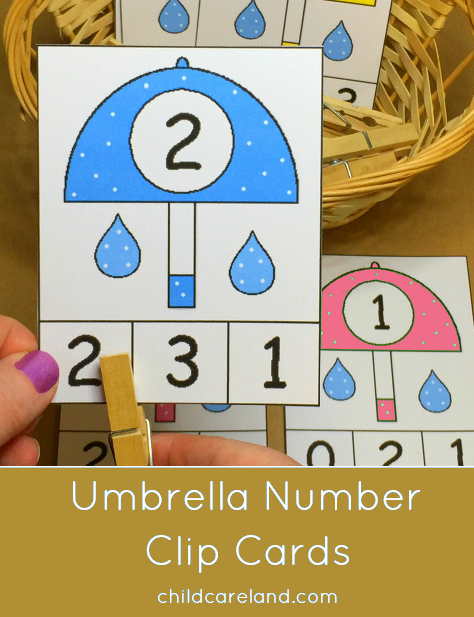 Materials you need- cupcake tin, 12 cupcake holders, a marker, pom-poms, and kid-friendly tweezers.
Materials you need- cupcake tin, 12 cupcake holders, a marker, pom-poms, and kid-friendly tweezers.
View/ Check Amazon's Price
2. On the bottom of 12 cupcake liners, write the numbers 1-12 and place them inside the circles in numerical order.
3. In a bowl, place the pom-poms in and show your child how to use the kid-friendly tweezers. Have them pick up a pom-pom and place it in the first liner. Explain that depending on what number is on the bottom of the liner, that’s how many they should put in.
Activity #15: Sensory Bag Game
If you have read some of my other content, you know how much I enjoy a good sensory activity.
This sensory game is so much fun, plus it’s a great way to work on number recognition!
How to do this activity:
1. Materials you need- 2 bottles of hair gel, a large ziplock bag, sharpie, food coloring, and plastic coin.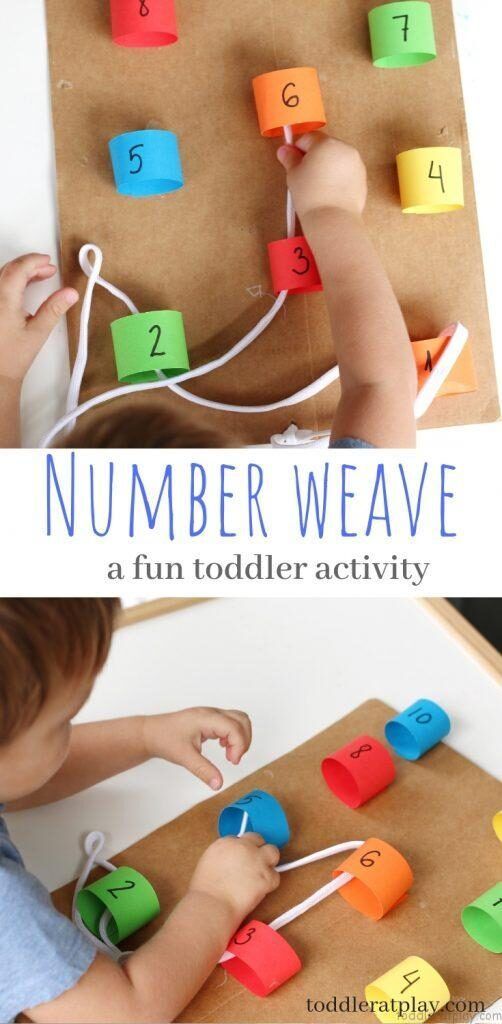
2. On the bag, write whatever numbers you want to practice with your kids (1-10, 11-20, 100’s, 1,000’s).
3. In the ziplock bag, squirt both hair gels packs inside, drop several drops of food coloring in, place the coin in, and zip the bag shut.
4. Massage the bag, so the food coloring and hair gel get all over the bag!
5. Ask your child to find a specific number. They should move to the coin through the bag over to that number! Repeat this until you have gone through all the numbers!
Activity #16: Giant Number Matching Game
I did this game with the alphabet, and it was such a hit I decided to try it with numbers!
This is such an easy set-up, and I always have paper plates on hand, which makes things easier since it’s already at home!
How to do this activity:
1. Materials you need- paper plates and marker
2.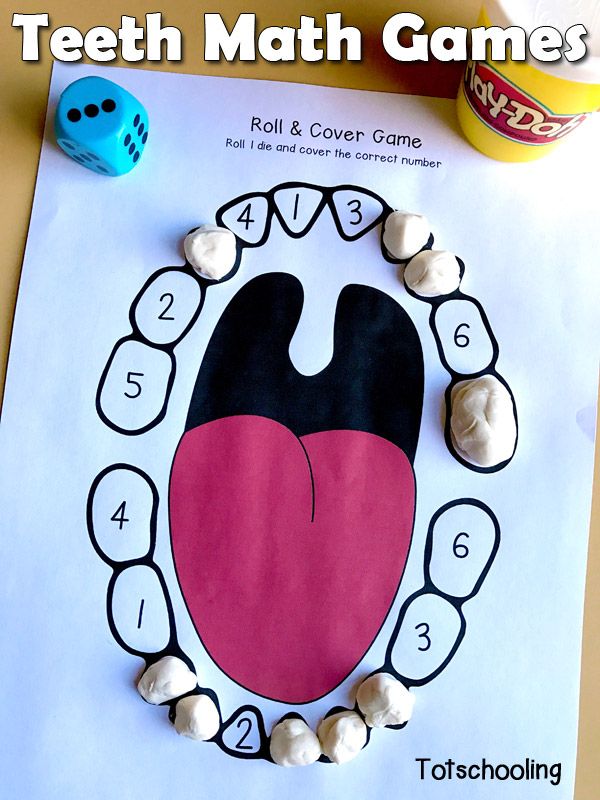 On paper plates, write which numbers you want to work on with your kids. Make sure you write 2 of the same number since it’s a match game.
On paper plates, write which numbers you want to work on with your kids. Make sure you write 2 of the same number since it’s a match game.
3. Spread them out all around the ground, making sure that the pairs aren’t right next to each other!
4. Have your kids flip one plate over, look at the number, they should say it then flip another plate over to see the number. If it’s a match, they can leave both plates flipped over. If it wasn’t a match, they need to turn it back to its original side and try again.
5. Play until all the plates are flipped over, and all the matches are found!
Activity #17: Tray Number Writing
Did someone say sprinkles!?
Any child will be engaged in an activity where sprinkles are involved. We used confetti sprinkles, which is great because they are a little larger.
This is an excellent pre-writing activity! Especially if your little one struggles with handwriting with a pencil, this is a great alternative to get some practice in to give them confidence!
How to do this activity:
1.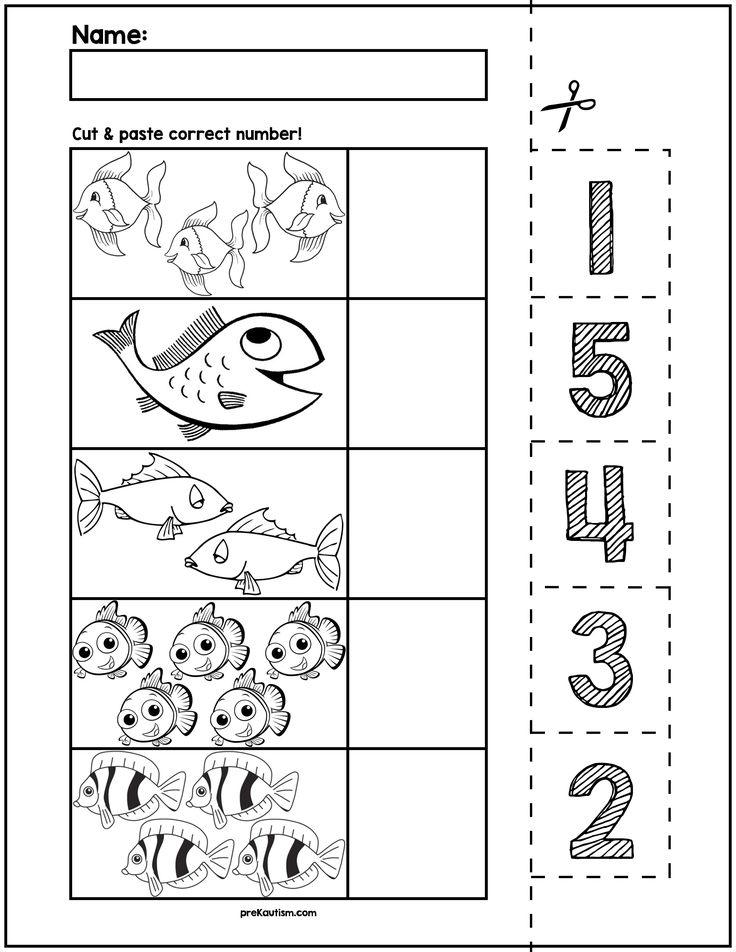 Materials you need- MY FREE TRACIBLE NUMBER CARDS DOWNLOAD HERE, a flat tray, sprinkles, and a paintbrush
Materials you need- MY FREE TRACIBLE NUMBER CARDS DOWNLOAD HERE, a flat tray, sprinkles, and a paintbrush
2. On a tray, dump out the container of sprinkles. Then, place the tracing card of your choice on the front of the tray.
3. Before your child attempts to write the number with their paintbrush, they can use their finger to trace the number, so they get the hang of the shape of the number.
4. Then they can use the paintbrush to copy the number shape on the sprinkles!
RELATED: 15 FUN HANDWRITING ACTIVITIES FOR PRESCHOOLERS
Activity #18: Ice Cream Counting Sensory Bin
This is one of my FAVORITE sensory bins that I have ever done.
The ice cream bin can be used as an educational bin because you can ask your child to put a specific amount of cotton balls+ sprinkles into a bowl.
How to do this activity:
1.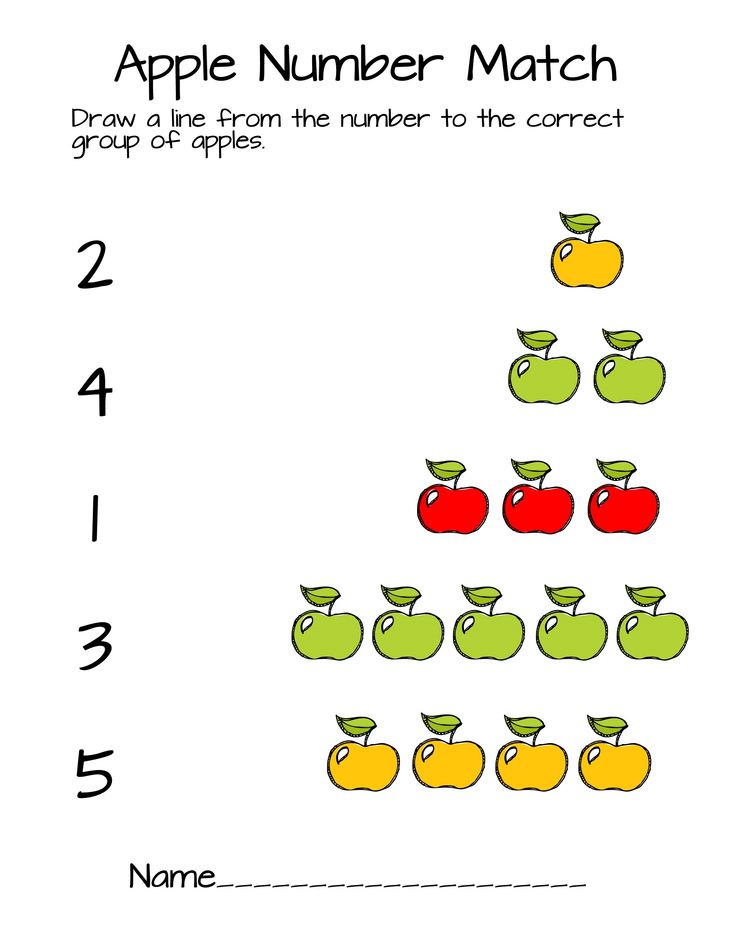 Materials you need- medium-sized container, cotton balls, small colored pom-poms, ice cream bowls/plastic cones, and scoops! We also have ice cream set from Melissa and Doug, that’s where I got the little menu and the 4 scoops that you see in front of the bin.
Materials you need- medium-sized container, cotton balls, small colored pom-poms, ice cream bowls/plastic cones, and scoops! We also have ice cream set from Melissa and Doug, that’s where I got the little menu and the 4 scoops that you see in front of the bin.
View/Check Price
2. In the medium-sized bin, cover the entire tray in cotton balls! Add in some of the small pom poms to be the sprinkles for the ice cream! Add in all of the other little things like the bowls and scoops.
3. Help your child learn with this bin by asking them to put a certain number of cotton balls and sprinkles into the bowls, work on addition skills by getting two bowls out to add small amounts together and work on color recognition by asking for specific colors of sprinkles!
4. Have an older child at home? Challenge them by doing my FREE ICE CREAM ADDITION WORKSHEET!
Kids can work on adding small numbers together to see how many scoops of ice cream need to end up on the last cone! You can even make the worksheet come to life by adding in colored pom-poms to the bin instead of cotton balls!
Activity #19: Puzzle Work
The reason why my children were able to learn their numbers was because of our daily practice with the Melissa and Doug number puzzle.
Seriously, all it takes is 5 minutes each day, and you will see considerable improvements in their number recognition.
View/ Check Amazon's Price
Being able to manipulate the number and have a place for it to go helps your child remember the number better than doing other activities, in my opinion.
How to do this activity:
1. Materials you need- Number puzzle (I recommend the one above because it has numbers 1-20, it can be used for longer and is only a few more bucks than 0-10).
2. Focus on one or two numbers a day; once they have mastered those, you can move on to another few.
3. I would recommend starting with numbers 1-10 and moving onto the teens when they comprehend the first 10.
4. Every day for at least 5 minutes, practice the dew numbers that you are focusing on. Ask them several times to point to the numbers you are saying and place it in the spot where it should go.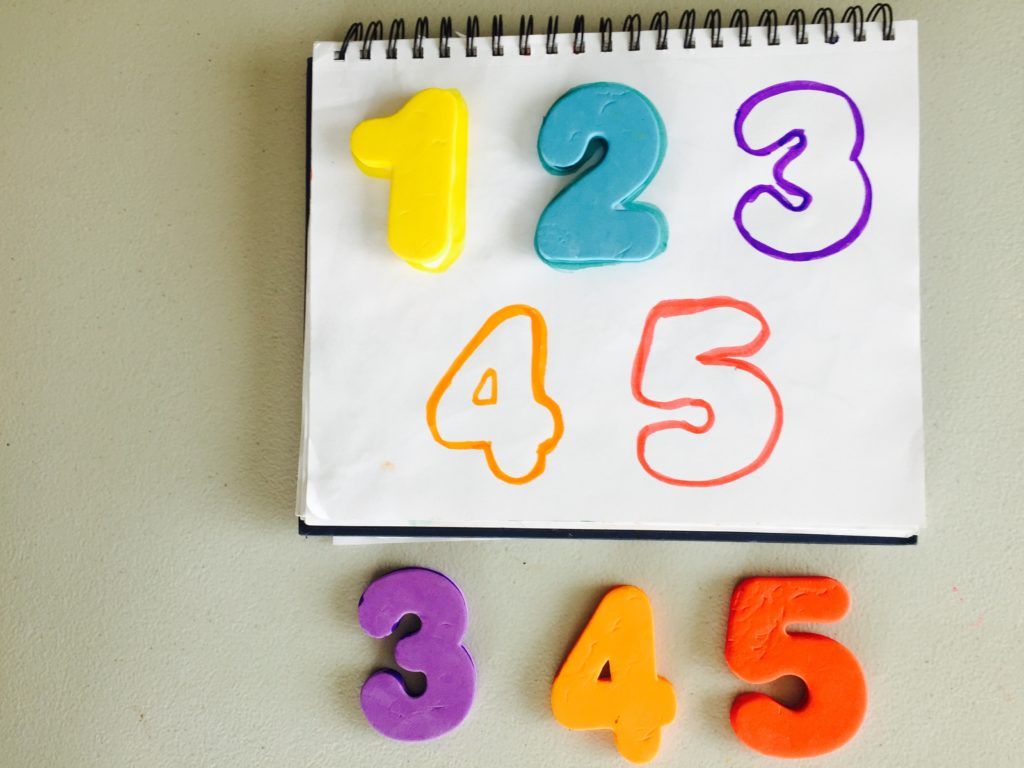
5. Tip: If your child gets distracted with all the other pieces, hide them so they aren’t a distraction, and they can focus on the few they need to learn.
RELATED: HOW TO TEACH YOU TODDLER NUMBERS (9 SIMPLE STRATEGIES)
Activity #20: Cupcake Play-Doh Counting
Play-Doh cupcakes?! This is sure to excite your kiddos in wanting to play with numbers.
How to do this activity:
1. Materials you need- Play-Doh, silicone cupcake holders, magnetic/ play numbers, + candles
View/Check Amazon's Price
2. Have your child roll up as many Play-Doh balls as you have silicone holders out for. I used 6 just because that’s what fit on my tray, but feel free to use more or less!
3. You can also work on color matching by using the corresponding color Doh with the holders!
4.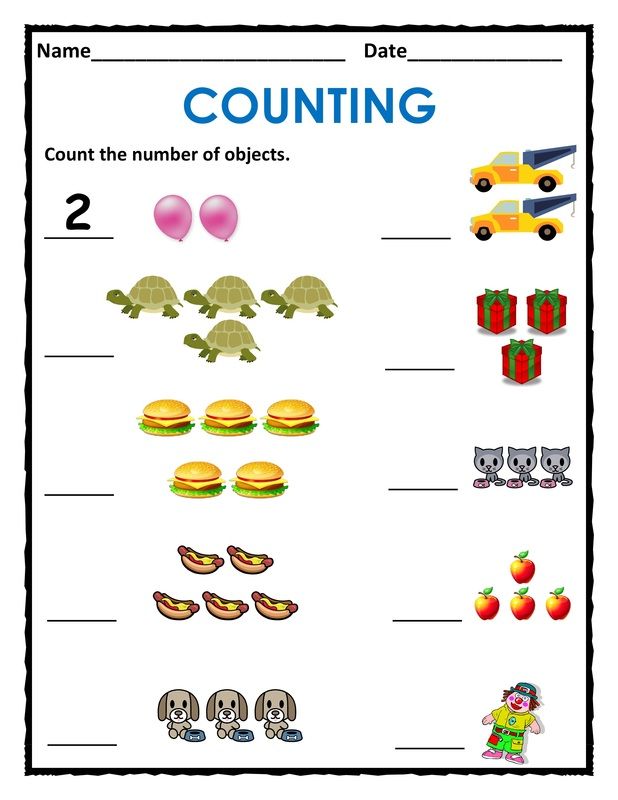 In numerical order, place numbers by the silicone holders, and your little one can start placing the corresponding number of candles in the Play-Doh.
In numerical order, place numbers by the silicone holders, and your little one can start placing the corresponding number of candles in the Play-Doh.
Activity #21: Egg Matching Activity
Yes, there are several plastic egg activities on this list, they can be used for so many educational activities, it’s fantastic!
This is a subitizing activity, so if you have older ones, this is GREAT for them.
FACT: Everything always looks more enticing when it’s placed in a sensory bin :).
How to do this activity:
1. Materials you need- medium-sized container, Easter grass, and plastic eggs
View/Check Amazon's Price
2. In the container, put the Easter grass inside.
3. On the plastic Easter eggs, write a number on the top half and on the bottom half write either tally marks or dots that correspond to the number you wrote on the top half.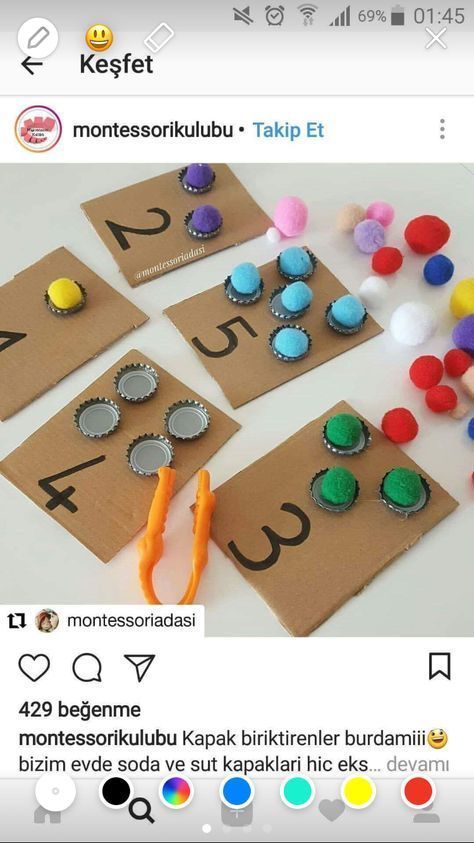
4. I would suggest doing numbers that your child knows since this is a subitizing activity and is a bit more challenging.
5. Break the eggs apart and hide them throughout the Easter grass in the bin.
6. Have your child try to connect the right egg pieces together! Help them if they are having a hard time with this by showing them how to count using tally marks or dots!
Activity #22: Dot Sticker Numbers
Dot stickers are one of my MUST-HAVE supplies to have on hand at home.
Why? Because they are so versatile! I have an endless amount of activity that they can be used for, which is nice.
Anyone’s mind go to garage sale stickers when they see these? My family always had garage sales growing up, and that’s all I can think of when we use these stickers!
How to do this activity:
1. Materials you need- butcher paper, dot stickers, painter’s tape, and a marker
View/ Check Amazons Price
2.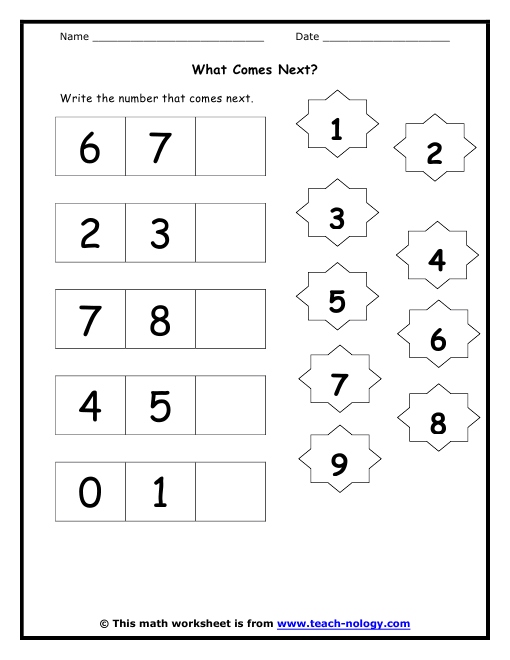 On a piece of butcher paper, write the numbers that you want, so it covers most of the paper.
On a piece of butcher paper, write the numbers that you want, so it covers most of the paper.
3. Have your children peel off the stickers if they can and place them on the lines of the letters. Try to encourage them to put the stickers on the lines of the letter right next to each other.
4. Make sure to talk about each number as you get to it, and when the stickers are all placed on, you can repeat the numbers.
5. Challenge older children by having them count how many stickers that it took for them to cover up each number!
This is an excellent fine motor activity as well!
RELATED: My 10 FAVORITE Learning Supplies For Kid’s Activities
Activity #23: Number Hopscotch
Active learning is my favorite kind of learning!
I am a physical education teacher, and it just makes me so happy to see my kids working on some gross motor or locomotor activities while learning.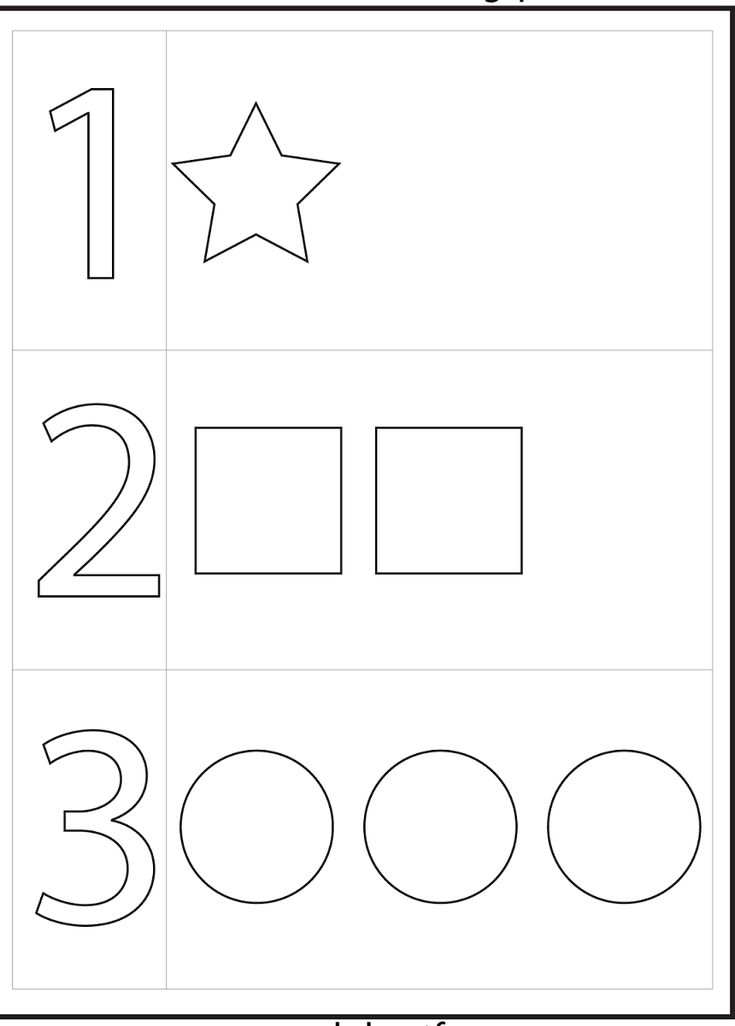
This activity can be used as a hopscotch game or a throwing game! Win, win, right?
How to do this activity:
1. Materials you need- painter’s tape and bean bags
View/ Check Amazons Price
2. With painter’s tape, make a hopscotch set-up as you see above. I wrote the numbers 1-10 in each of the squares, but you can also practice even numbers, odd numbers, or larger numbers!
3. You can have your kids play with the hopscotch course, and they can say the numbers that they land on when they get to them!
4. Make this into a learning game by getting out some beanbags and work on some throwing! Have your kids try to throw a beanbag and have it land on one of the numbers. Have them say the number it lands on!
5. Got older ones? Work on addition by having them throw two beanbags and add the numbers that they landed on together!
Final Thoughts and Conclusions
Teaching your kids at home can be simple with these 23 number activities! Making learning fun makes it more memorable for your kids, which will help them understand the content better.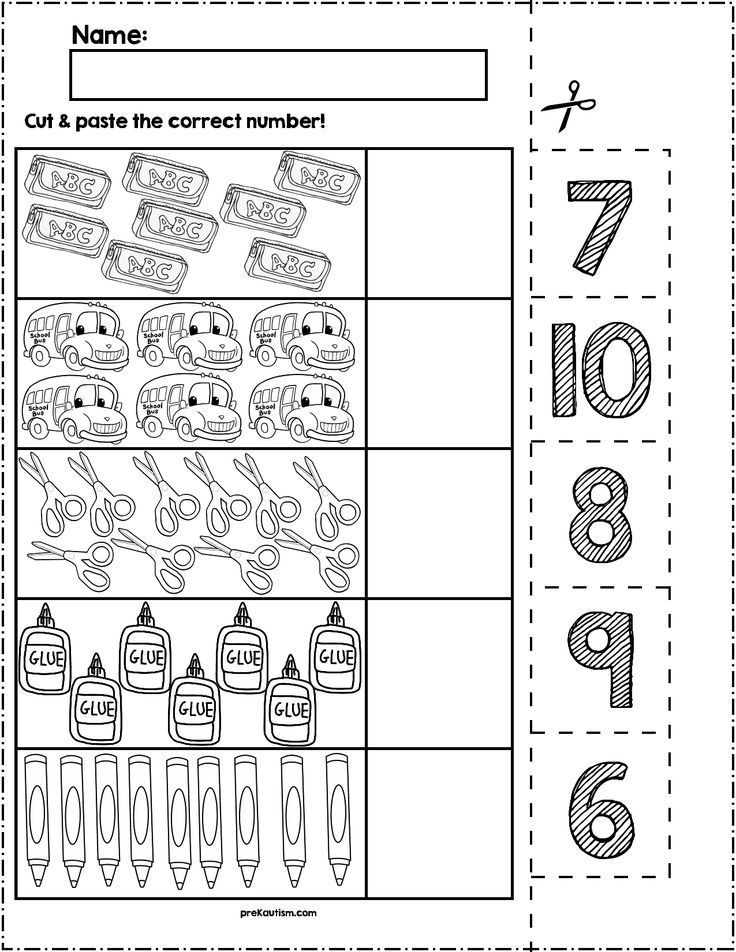
These activities are great for toddlers, preschoolers, and can even be modified to challenge early elementary students! Make sure to read through my post thoroughly to see how you can challenge each age level!
I’d love to hear about some activities that you do at home or school with your kids! Please leave a comment below to share them with our community!
Happy Learning!
Mathematics for children 3-4 years old. Counting up to 10. Games and tasks for printing
At the age of 3-4 years, children have their first ideas about mathematics. To continue introducing your baby to the world of numbers and shapes, we offer parents to stock up on an arsenal of exciting activities. Remember that the most effective way to teach a child is through play. So knowledge will fit in the head of a young researcher much better, and interest in knowledge will only increase.
Audio version of the article "MATHEMATICS FOR CHILDREN 3-4 YEARS OLD.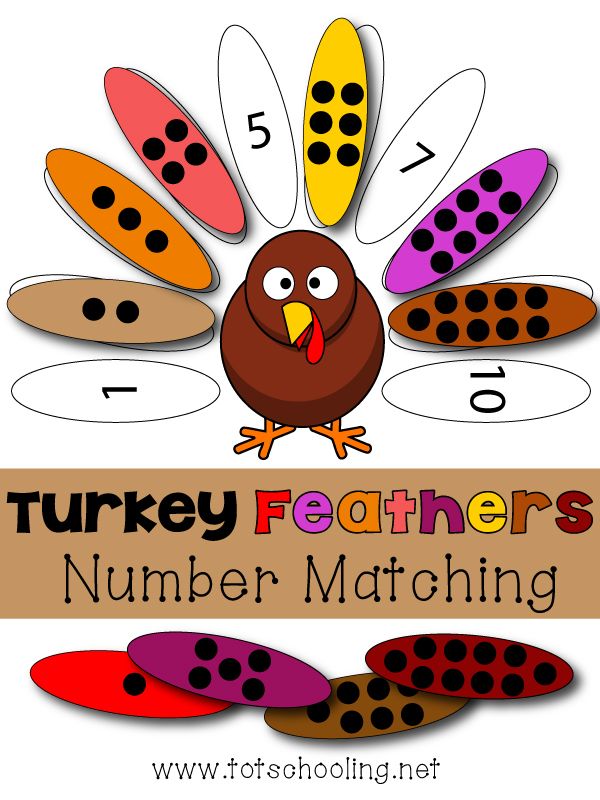 LEARN COUNTING TO 10" The audio tag is not supported by your browser. Download. MATHEMATICS FOR CHILDREN 3-4 YEARS. LEARN COUNTING TO 10
LEARN COUNTING TO 10" The audio tag is not supported by your browser. Download. MATHEMATICS FOR CHILDREN 3-4 YEARS. LEARN COUNTING TO 10
Contents
Mathematics for children. We continue to study the numbers
Exercises for consolidating the account up to 10
- We play and remember the number of numbers
- Children's counts to the account up to 10
Games for the ratio of numbers and objects
- Games with cards
- Claim the number
- Play in playing in shop
- Puzzle games
Learning to compare “How much more is how much less”
- Treat your friends
- Compare cards
- Who is more
The first addition and subtraction examples. Learning to equalize objects
Children 3-4 years old are distinguished by high cognitive activity. Toddlers can perform simple operations within 5: count in order, recognize numbers, compare the number of objects.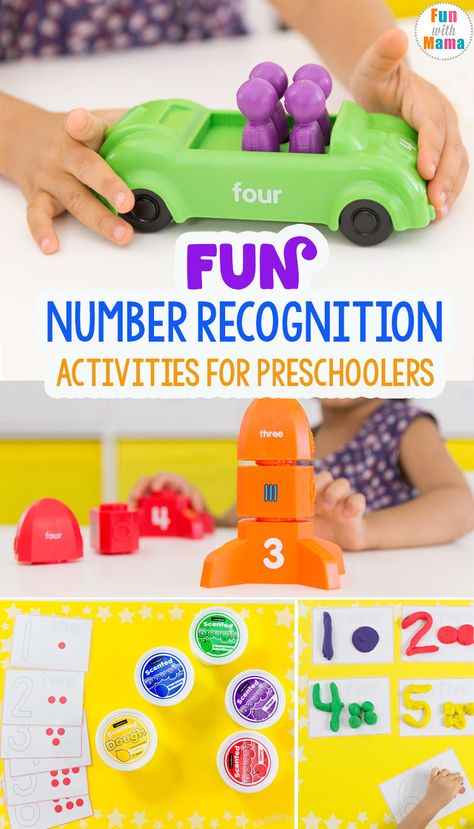 A three-year-old child understands the meaning of the words "more" and "less", has an idea about addition and subtraction.
A three-year-old child understands the meaning of the words "more" and "less", has an idea about addition and subtraction.
If the baby still does not know how to count, then our advice from the article “Mathematics for kids 2-3 years old. Learning numbers and learning to count” will help teach him. By the age of 4, children will have to master counting up to 10, learn how to act with new numbers.
Mathematics for children. We continue to study the numbers
Math classes with children 3-4 years old introduce new concepts to kids. This age group has its own characteristics. At the age of 3, the visual-effective type of thinking is gradually replaced by a visual-figurative one. Kids learn to perform simple tasks not only with objects, but also with numbers.
It's time to learn to count up to 10. Learning mathematical counting rhymes for the little ones makes the lessons interesting and exciting. In a fun atmosphere, children better remember new numbers, are able to solve the first examples.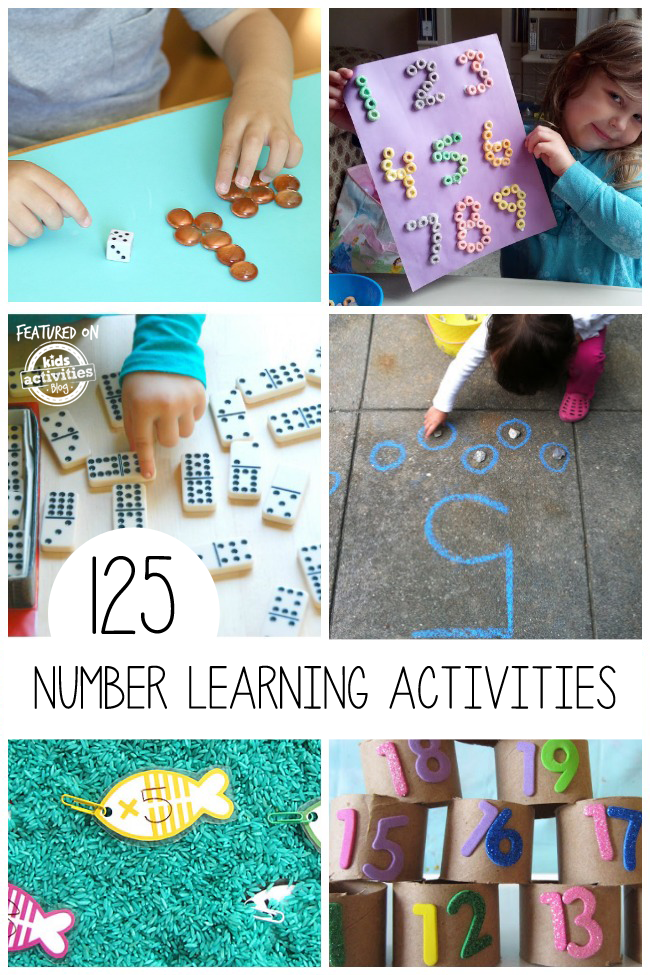 Using the right games and printouts will help you make friends with math.
Using the right games and printouts will help you make friends with math.
Exercises to consolidate counting up to 10
Once your child is good at counting up to 5, move on to the next step. If the baby is still confused in numbers, return to the previous exercises. In mastering the account up to 10, difficulties may arise. This is fine. Repetition of the material, consistency and patience of adults will support the cognitive interest of the baby.
Playing and memorizing the sequence of numbers
Available games and exercises are designed for children 3-4 years old. With their help, the kid will master the quantitative and ordinal count within 10, learn to call neighboring numbers.
Divided pictures
For games, funny pictures are used, cut into equal strips vertically or horizontally. From them you need to make a complete image. The hint is the serial number located on each part.
Sequentially arranging the numbers, the baby will be able to correctly fold the picture.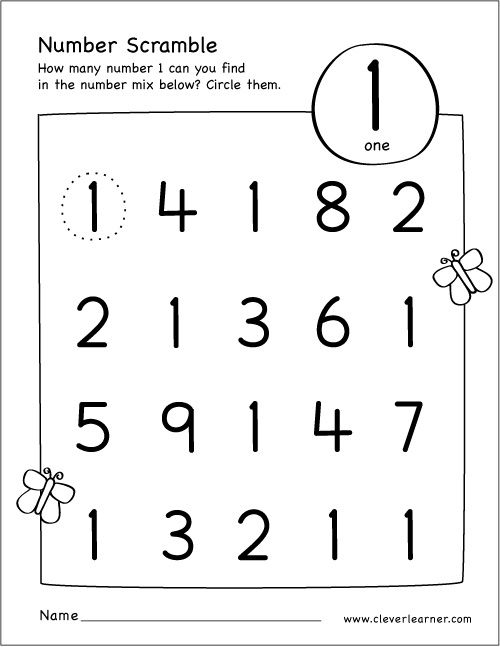 The game forms in children an idea of the whole and the part, teaches counting up to 10, helps to remember the order of numbers.
The game forms in children an idea of the whole and the part, teaches counting up to 10, helps to remember the order of numbers.
You can download split pictures on our website.
Download 12 picturesConfusion
Place a bucket with numbers made of plastic or on cards in front of the baby. Tell them that they went for a walk and walked in order one after another. But suddenly a strong wind came up, whirled everyone and mixed up the row.
You need to help the numbers and build them again from 1 to 10. Try it yourself (the child builds a numerical sequence). Ready? Now let's check if the numbers are correct? Count out loud (the baby performs an ordinal count). Well done, that's right (in case of an error, ask to think and correct).
Find neighbors
Have your child build a sequential row of cards with the first ten numbers. Ask what are the neighbors of the number 4 on both sides (answer 3-5), 6 (5-7), 9 (8-10)?
If the task is beyond your strength, ask the neighbor who stands in front of the numbers 6, 8, 10 (answers 5, 7, 9.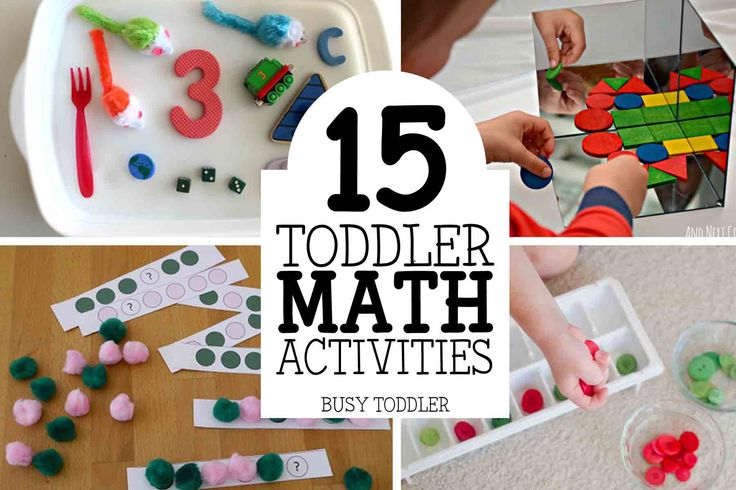 )
)
Who knows, let him keep counting
This game is quite difficult, designed for children from 3.5 years old. One player says any number up to and including 7. The second one needs to name the next 3 numbers. For example: if 2 - then 3, 4, 5, if 4 - 5, 6, 7.
The first number is called by the child, the adult shows how to answer correctly. Then the players switch roles. To make the task easier for the baby, you can use cards with the corresponding numbers for clarity.
Connect the dots
The game helps to remember the sequence of counting up to 10. Give the baby a sheet with dots and numbers from 1 to 10. Ask: “Do you want to know what is drawn here? Then take a pencil and connect the dots in order, from the smallest number to the largest. Say each number out loud.
What is the smallest number? One. So, with what number should I start, show me? That's right, number 1. Go on. Who did you get? Kitten, well done! Now you can color the picture, it will be bright and beautiful.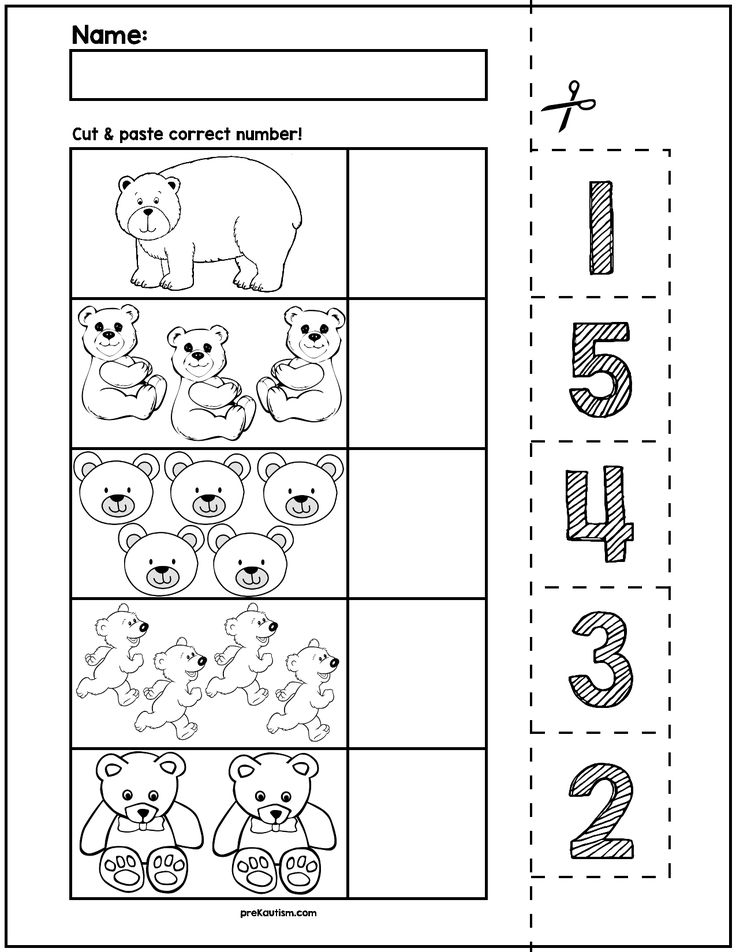 If the child is confused, repeat the ordinal count with him.
If the child is confused, repeat the ordinal count with him.
You can download pictures for the game on our website under the gallery.
Download 8 pictures
Children's counting rhymes up to 10
Poems and rhyming rhymes make math fun and entertaining for children aged 3–4. They can be supplemented with story games or used separately. We offer you to watch a funny musical cartoon-counting.
Toddlers like short counting rhymes because they are easy to remember. Here are some examples.
Counting from 1 to 10
We learned to count.
Well, then we don't know,
Maybe we can count together
Six - we love to eat sweets,
Seven - we help everyone,
Eight - we won't leave our friends in trouble.
Nine - learning by five,
Ten - finished counting.
Author A. Metzger
Ten crows
I decided to count the crow:
One, two, three, four, five Nine - feeds crows .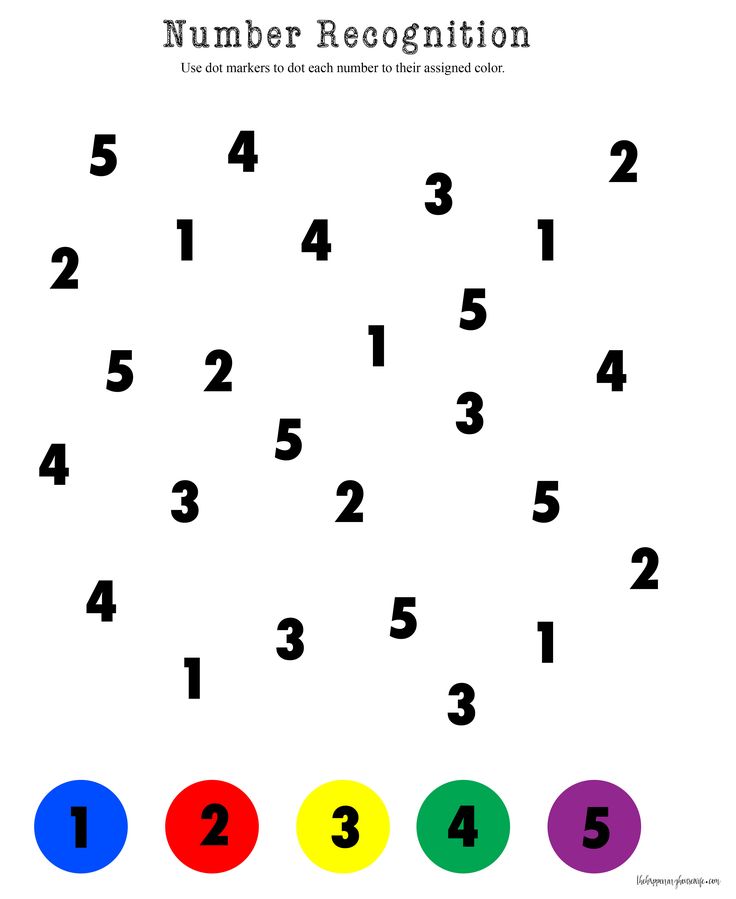 ..
..
Well, ten is a jackdaw.
So the counting rhyme is over
(folk)
A popular poem by S. Ya. Marshak will help you remember what the numbers look like and learn how to count them.
“Funny account. One to ten"
Here is one or one,
Very thin, like a knitting needle,
And here is the number two.
Admire how it is:
The deuce arches its neck,
The tail drags behind it.
And behind the deuce - look
The number three appears.
Three of the badges
Consists of two hooks.
Three are followed by four,
Sharp elbow of a bulge.
And then she went dancing
Number five on paper.
Stretched her hand to the right,
Steeply bent her leg.
Number six - door lock:
Hook above, circle below.
Here is a seven - a poker.
She has one leg.
The figure of eight has two rings
Without beginning and end.
Number nine or nine
Circus acrobat:
If you stand on your head,
Number six nine will become.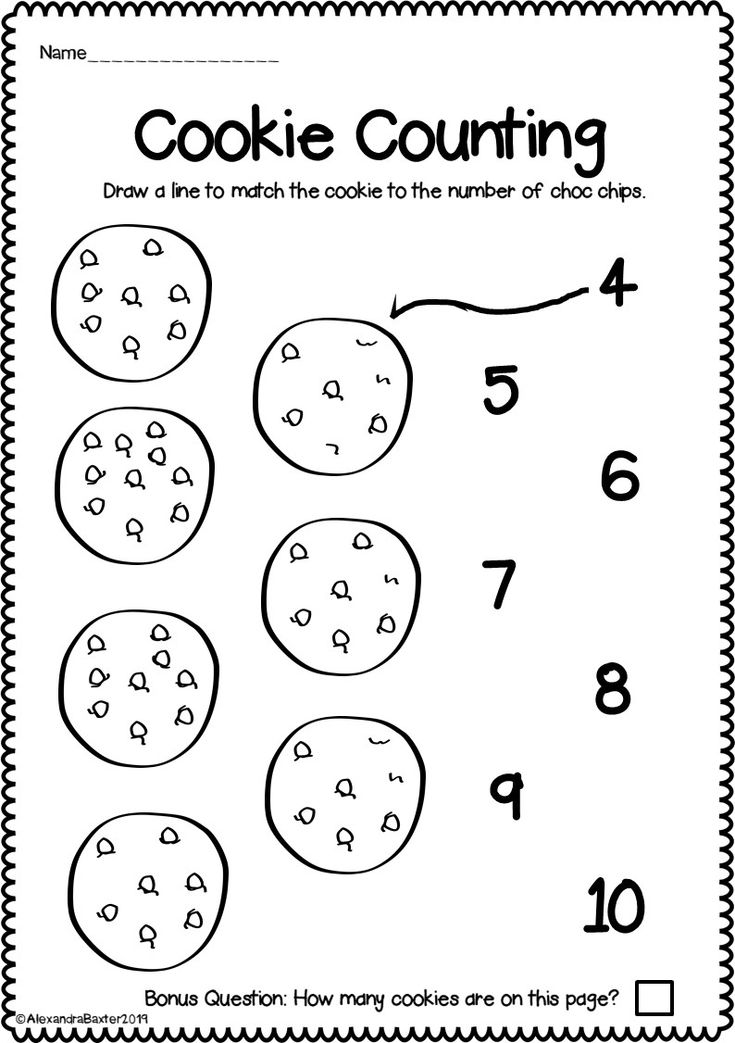
A number like the letter O
This is zero or nothing.
Round zero is so pretty,
But it doesn't mean anything!
If on the left, next to it
Applicable unit,
He will weigh more,
Because that's ten.
These numbers are in order
Write in your notebook.
I'm talking about every now
I'll compose a story for you.
S. Marshak
The full version of the book can be bought at the Labyrinth store.
Games for the ratio of numbers and objects
We continue to acquaint the baby with the numbers of the first ten. We teach the child to recognize numbers from 1 to 10 and correlate with the same number of objects. Mathematics classes for children aged 3-4 include more complex tasks than a year ago.
The baby will have to deal not only with real objects, but also with their image on cards or pictures. A selection of available games and printable tasks will make your task easier.
Card games
First you need to consolidate the skills of recognizing new numbers.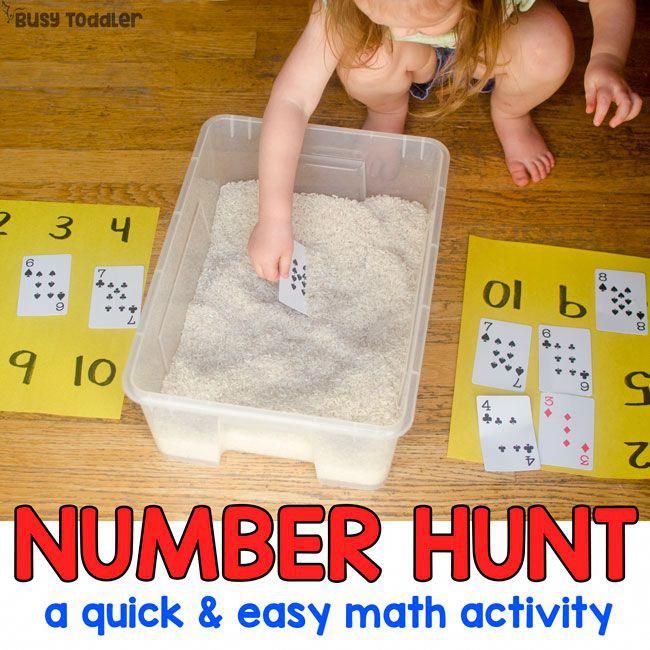 Prepare two types of cards: one with pictures, the other with numbers. To captivate children, participate in the game as equals.
Prepare two types of cards: one with pictures, the other with numbers. To captivate children, participate in the game as equals.
Place the picture cards on the table. Put the numbers from 1 to 10 in a box, put them next to each other. Each participant in turn takes out a card with a number. It is required to find a picture with the same number of objects.
Download cards for the game
Fill in the number
You will need special cards for the lesson. These fit well.
If you use a pencil, it will be more interesting. Have your child count the number of items on each card. Ask them to show and circle the appropriate number.
Ask: How many apples are in the picture? (three). Show the number 3. That's right, you can paint over the box.
Download 2 sheets with cards
Playing shop
Kids imitate adults in everything and take part in the game with pleasure. Mom and dad are the buyers, the child is the seller. Use cards with different amounts of fruits, vegetables, toys, nuts.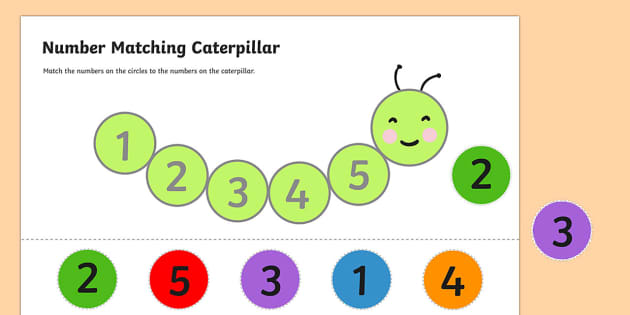 There should be no more than a dozen items in one picture.
There should be no more than a dozen items in one picture.
Instead of money, they use cards with numbers from 1 to 10. The buyer comes to the store, gives a card with the number 3 and asks to sell tomatoes. The seller needs to find the goods in the right quantity and hand them to the buyer.
Puzzle games
Toddlers can already make simple puzzles. The skill is useful for doing mathematics with children 3-4 years old. A variety of visual materials and tasks maintains interest in exercises, develops perseverance.
Double puzzles consist of two parts. One shows a number from 1 to 10, the other shows the same number of familiar items (fruits, birds, flowers, circles). By folding the halves, the child learns the ratio of numbers with the number of objects.
Puzzles for classes can be downloaded here.
Download puzzles Cut the cards printed on the printer along the center line. Ask your child to find the matching halves and put together some puzzles.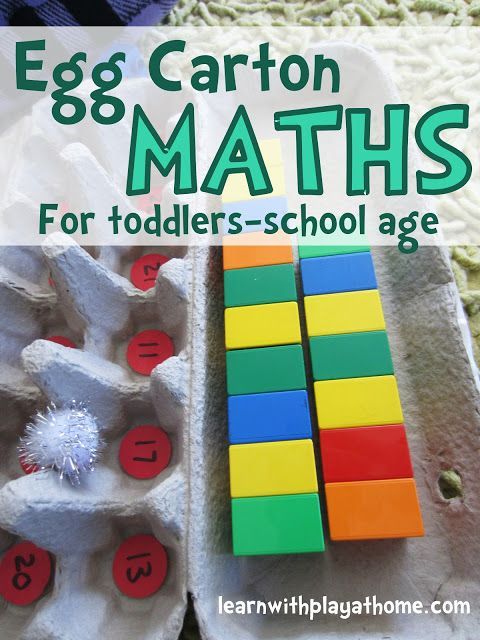
The first version of the game: match the second part to the number. The second is to find a half that matches each picture. It is convenient to use reusable wooden puzzles. You can buy them in the Ozon online store.
Learning to compare “How much more to how much less”
In math classes between the ages of 2 and 3, the child learned to compare populations. He knows how to operate with the concepts of “more, less, equally”. At 3.5 years old, the child is able to determine the difference in numerical terms, to count how many items are more or less. You can develop the skill in everyday games with practical examples.
Treat your friends
3 toys came to visit us: a bunny, a clown and a tumbler. You need to give them candy. Take it out of the vase. How many sweets do we have (4)? Which is more - sweets or toys (candy). How much more (one)? Well done, she'll get you.
Cards can still be used for games. Feed the squirrels with cones.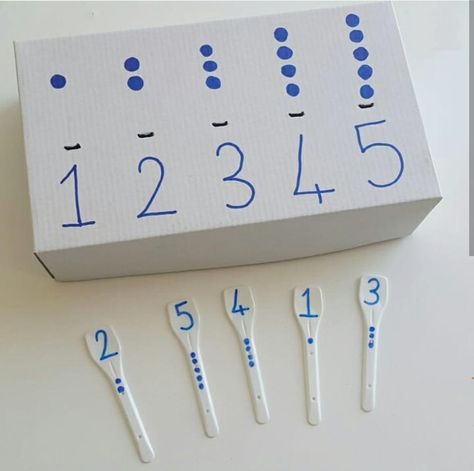 Lay out 4 cards with the image of squirrels, and under them 3 cones. Ask the baby: “Did all the squirrels have enough cones? No? Who didn't have enough? And let's make squirrels and cones equally?
Lay out 4 cards with the image of squirrels, and under them 3 cones. Ask the baby: “Did all the squirrels have enough cones? No? Who didn't have enough? And let's make squirrels and cones equally?
Lay out a different number of cards each time and let the baby feed all the animals. Download cards for the game on our website.
Download flashcards
Compare flashcards
During the day, between times, show your child two cards with different numbers of objects. Ask where are more items? How much? Where is less? The child will learn to compare groups and determine the difference in their number.
For children 3-4 years old, you can already use different types of images: figurative pictures and geometric shapes. Let's say there are 3 carrots on one card, and 2 mugs on the second. Or 1 square and 5 chickens and so on. The task of the game is to teach the child to see the quantitative difference, regardless of the characteristics of the objects.
Who is more
An adult says: “Girls and boys are walking in the yard.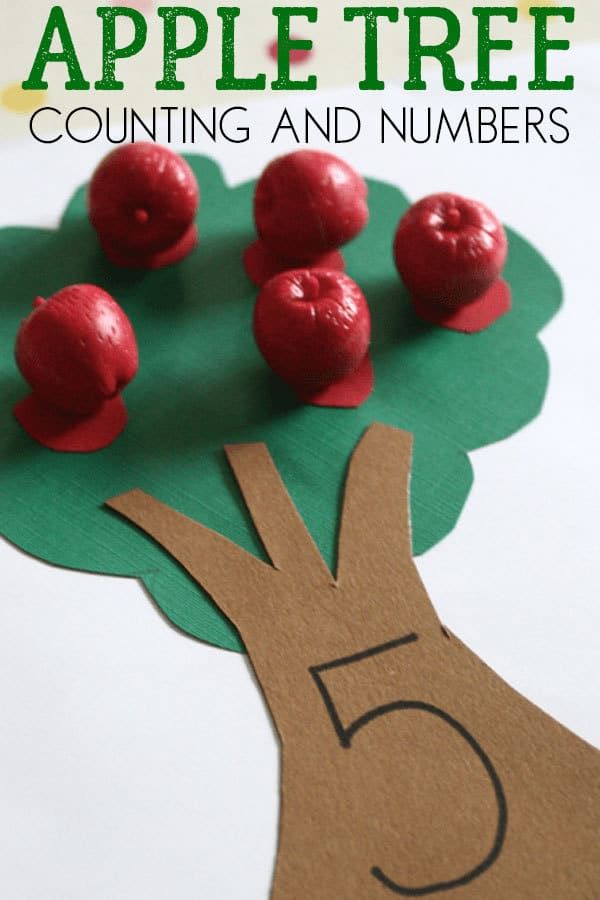 Instead of boys, there will be squares, instead of girls, circles (puts 6 squares and 4 circles mixed on the table). How many guys are there? And which of them is more? How much?
Instead of boys, there will be squares, instead of girls, circles (puts 6 squares and 4 circles mixed on the table). How many guys are there? And which of them is more? How much?
Tell the child that it is easy to find out if you arrange the figures in 2 rows, one under the other. How many fewer girls than boys? And now make sure that they were equally.
It happens that it is difficult for a baby to determine the numerical difference. In this case, change the tasks to simpler "Greater than, less than or equal to." Cards for the game “One-many” can be downloaded in the article “Mathematics for kids 2-3 years old. Learning numbers and learning to count.”
First addition and subtraction examples. Learning to equalize objects
Math examples for 3-4 year olds introduce simple arithmetic operations. The child learns new words: subtract, subtract or add, add, learns to use them.
For the first lessons, any compact objects are suitable - nuts, buttons, pebbles, toys.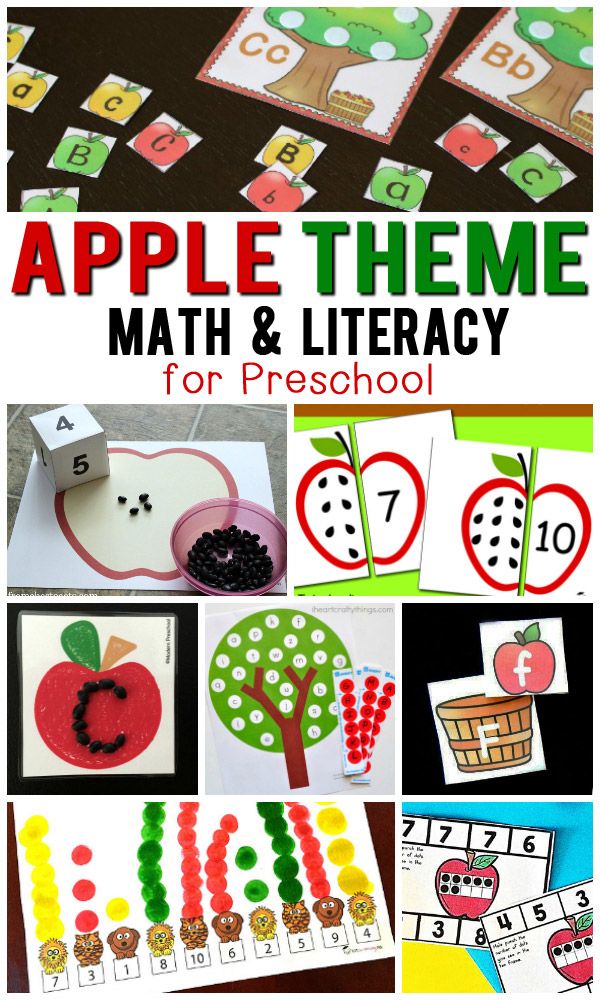 Then move on to the exercises with pictures or cards. For example, like this.
Then move on to the exercises with pictures or cards. For example, like this.
Comparing rows of objects, the baby gets a visual representation of the difference in quantity and fixes the score to 10.
You can take the buttons, and for clarity we will use cards with apples and pears. If you also want to play with cards, you can download them here:
Download cardsAsk the baby to lay out two rows of buttons, one under the other. For the top you need to take 6 white buttons, for the bottom - 4 red ones.
Give the task to make the rows the same or equal. The child will make several attempts and find the right solution.
Tell me that you can equalize items in different ways. One of them is subtraction. We take away where there are more items. The other is addition, we add where it is less.
Remove 2 apples
Add 2 pears
Let the child try both methods, commenting on his actions: “There are more white buttons than red ones. You have to take two.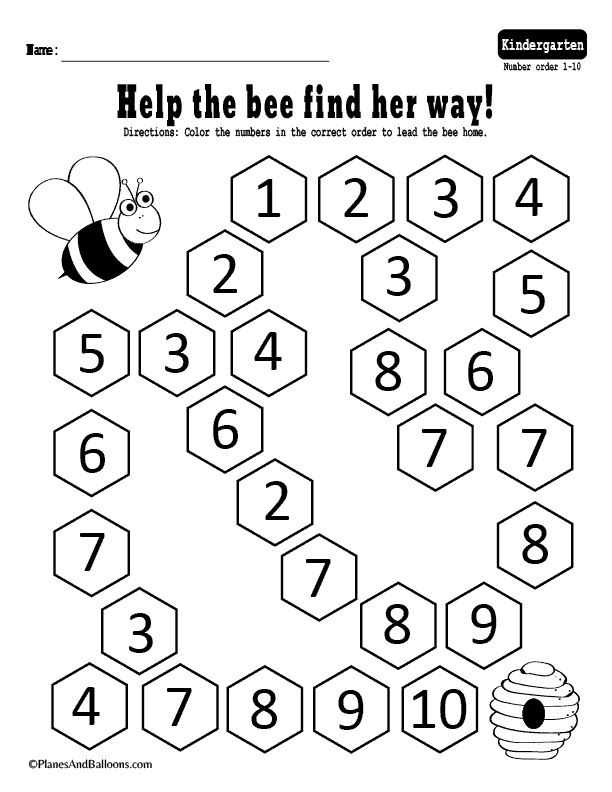 Now it's even." By completing tasks, the kid will get acquainted with the basic mathematical concepts in an accessible game form. When the child learns to solve examples with two rows, add a third.
Now it's even." By completing tasks, the kid will get acquainted with the basic mathematical concepts in an accessible game form. When the child learns to solve examples with two rows, add a third.
Exercises with examples instill in young children an interest in mathematics, form the initial computing skills.
In conclusion, we note that doing mathematics with children 3-4 years old is not at all difficult. This is within the power of every parent and takes a little time: only half an hour a day. Focus on the age of the baby, do not skimp on praise, encourage effort and the result will please you.
Learning to count up to 20
At the age of 4-5, children are ready to learn counting up to 20. Start with forward counting, gradually moving on to learning backward counting.
Developing online math tasks for children from 2 to 11 years old
Direct counting
Learn with your child the names of numbers from one to twenty and their spelling.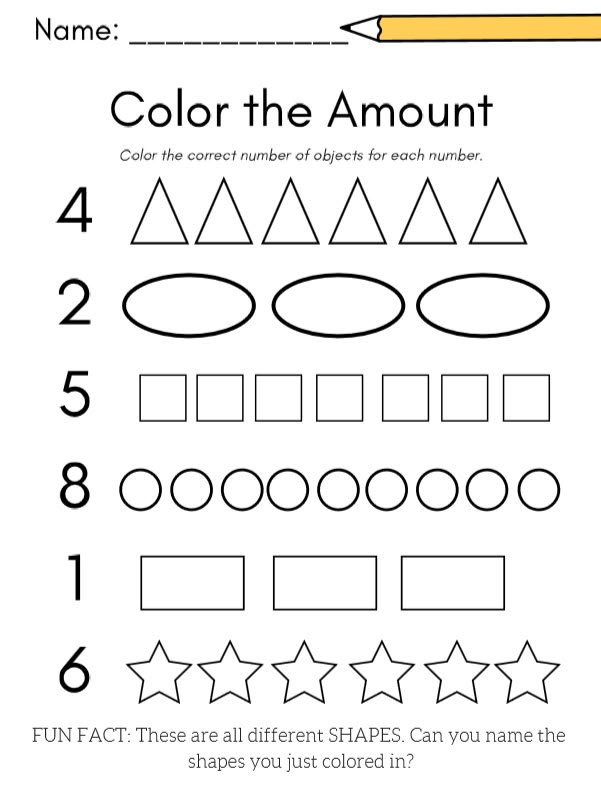 Your child probably already knows how to count to ten. For a better memorization of numbers from 11 to 19, explain how they are formed: they contain 10 and one more of the numbers 1, 2, 3.4, 5, 6, 7, 8, 9. Put ten identical objects or counting sticks in a row . This is "twenty" - Old Russian ten. Place one other object or stick of a different color on top. It turned out eleven - "one" to "twenty". Show how the other numbers of the second ten turned out. There are two tens in the number 20.
Your child probably already knows how to count to ten. For a better memorization of numbers from 11 to 19, explain how they are formed: they contain 10 and one more of the numbers 1, 2, 3.4, 5, 6, 7, 8, 9. Put ten identical objects or counting sticks in a row . This is "twenty" - Old Russian ten. Place one other object or stick of a different color on top. It turned out eleven - "one" to "twenty". Show how the other numbers of the second ten turned out. There are two tens in the number 20.
The next step is to remember the numbers. An excellent simulator for learning numbers is the number line. You can use a regular ruler. Looking at the ruler, the child will not only remember the spelling of numbers and their arrangement in order, but also learn to distinguish: the numbers that are located to the right - more, to the left - less. Encourage such exercises with a ruler. Call the child numbers in random order, let him write down the numbers under your dictation. As an assistant at first, he can use a ruler.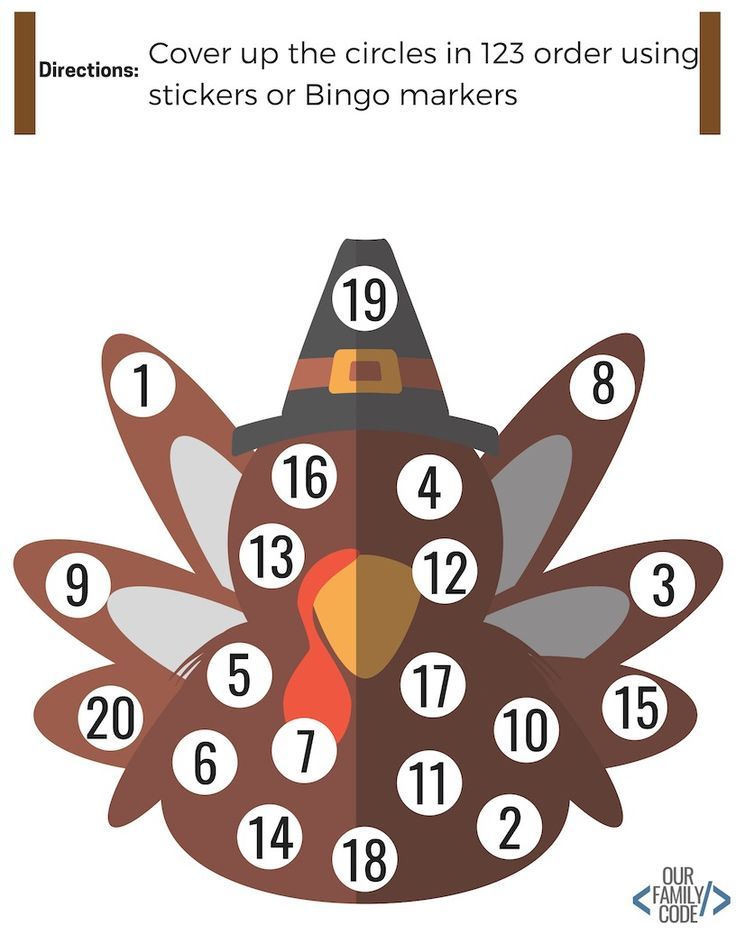
Do simple game exercises:
Name the neighbors. You name a number, the child - neighboring numbers located on both sides of the number line. This exercise not only helps to remember numbers, but also teaches the child to increase and decrease by one.
Quantitative account
Repeat the formation of numbers from eleven to twenty with your child, tell them that numbers up to one hundred are formed in the same way: a number indicating the number of tens + "twenty" and a number indicating the number of units. The only exception is the number "forty", it must be remembered.
Counting skills within the first hundred are well developed by the Connect by Dots exercises. You can also perform simple game exercises with your child:
"Name the neighbors of round numbers." The greatest difficulty for children is the transition to round numbers.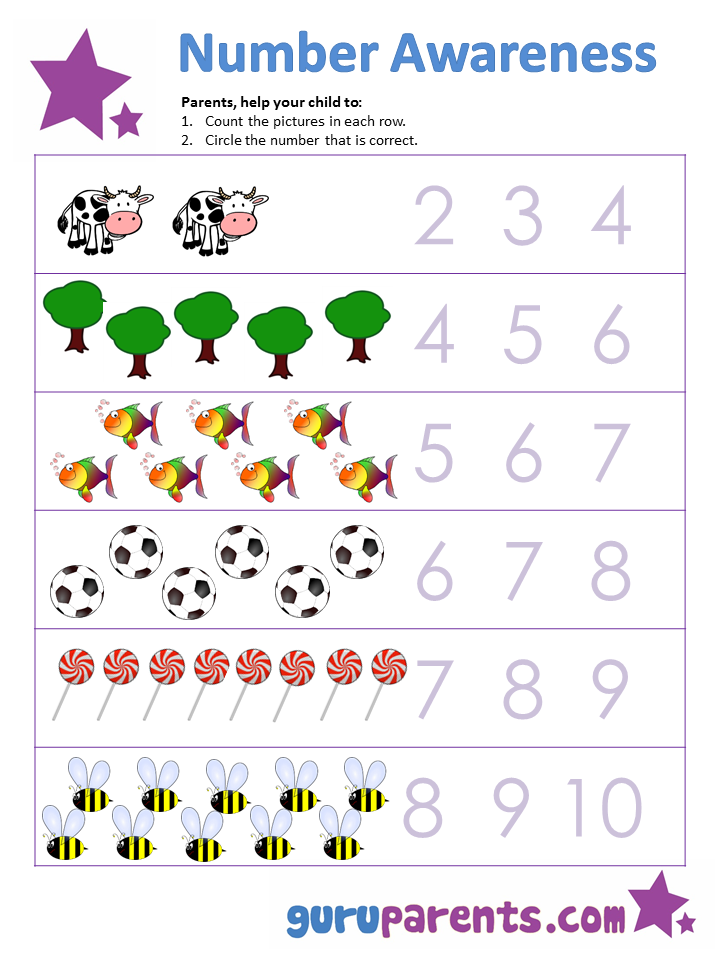 This exercise is designed to reinforce this skill. Name a round number, let the child name the neighboring numbers that are on both sides of it on the number line. This exercise also teaches the child to increase and decrease by one.
This exercise is designed to reinforce this skill. Name a round number, let the child name the neighboring numbers that are on both sides of it on the number line. This exercise also teaches the child to increase and decrease by one.
Perform developmental exercises from Aikyusha
“We pronounce numbers one by one”. The essence of the exercise: counting up to a hundred, say the numbers in turn with the child. Explain to him that you need to pronounce the number that comes after the one named. You can connect a few more people to the game to make the game more fun.
In addition to counting straight, practice counting backwards, paying special attention to naming numbers in the forward and backward order with the transition through the round number.
Practice writing numbers. Pay attention to the fact that the child writes and “reads” the number from left to right. Children often make mistakes in recognizing numbers, for example, instead of the number 21 they say 12 .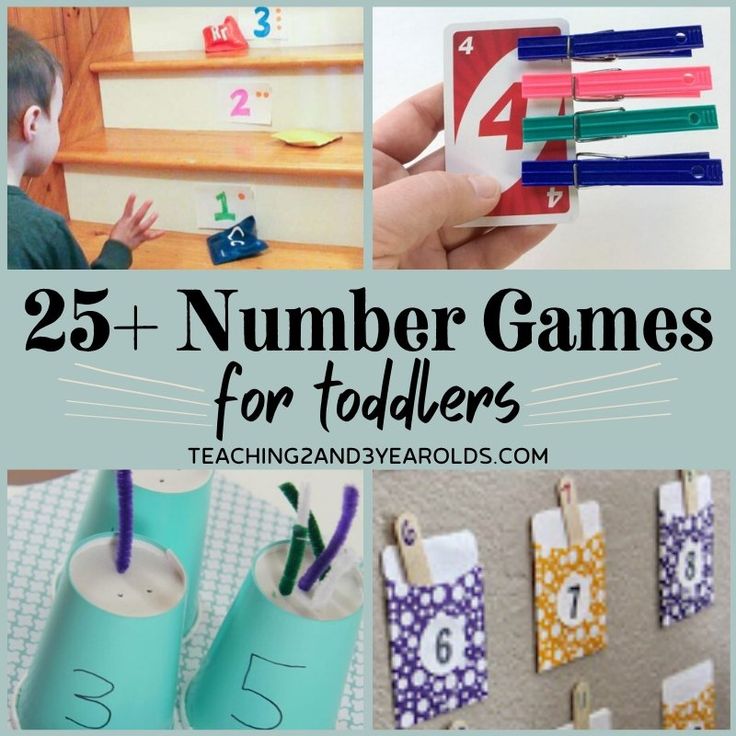 Written numbering, like oral numbering, is associated with the number of digits, remind the child that tens are written first, then units. Pay special attention to writing round numbers, in which 0 is written in place of units (they are not in this number). If you miss this moment, you may encounter the fact that the child will write the number 45 as 405.
Written numbering, like oral numbering, is associated with the number of digits, remind the child that tens are written first, then units. Pay special attention to writing round numbers, in which 0 is written in place of units (they are not in this number). If you miss this moment, you may encounter the fact that the child will write the number 45 as 405.
"Counting and counting". In every possible situation, enlist the help of the child in counting and counting objects. When counting, the child needs to determine the number of items. Make sure that you count according to the rules: in the process of counting, point to objects in order, touching them with your finger. If you count out of order, you can get confused and miss one or more items. Count everything in a row - steps, steps, toys. When counting, the child needs to count a certain number of items, for example, bring 7 pencils or 2 sweets.
"Forbidden number".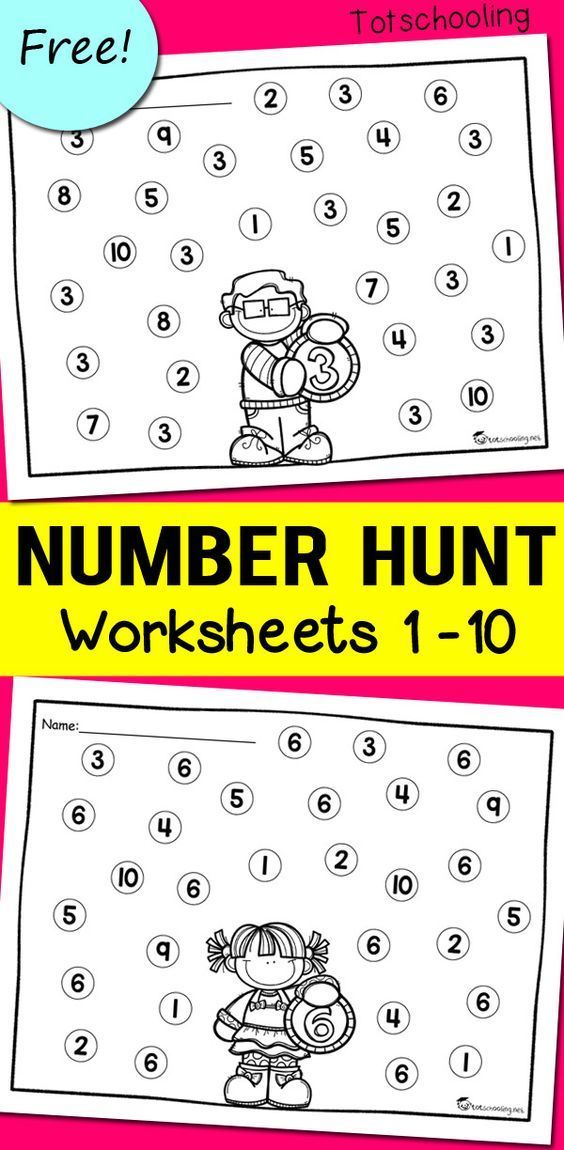 An adult calls a number up to 10, a child shows it on his fingers. Before that, a number is selected that is forbidden to be shown. When an adult calls this number, the child simply clap his hands. The game consolidates the understanding of the relationship between the name of the number and the quantity that it denotes.
An adult calls a number up to 10, a child shows it on his fingers. Before that, a number is selected that is forbidden to be shown. When an adult calls this number, the child simply clap his hands. The game consolidates the understanding of the relationship between the name of the number and the quantity that it denotes.
Countdown
After your child has learned counting up to 20, you can start learning backward counting up to 20. Do this in stages - first from 5, then from 10, and only then from 20. To practice skills countdown do exercises:
"How much is left." Going down the stairs, count together with the child how many steps are left, seeing the approaching bus, count the seconds before the doors open, count the seconds before the green traffic light.
Walking games. Play board games with two dice. During the game, the child will need to calculate how many steps he will need to make a move, as well as “walk”, forward or backward.